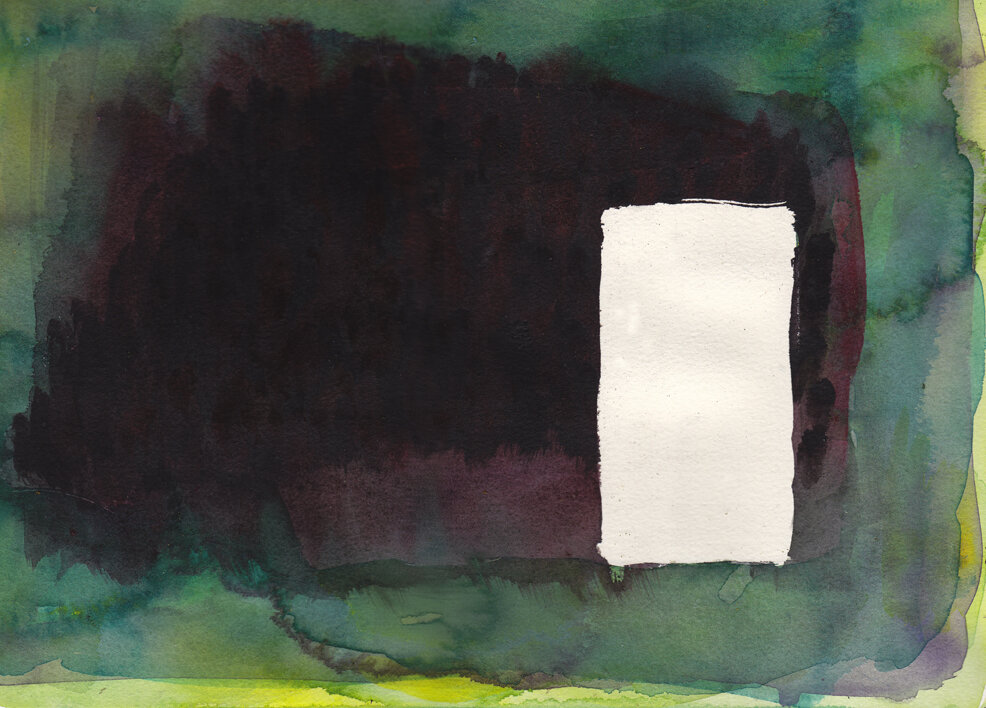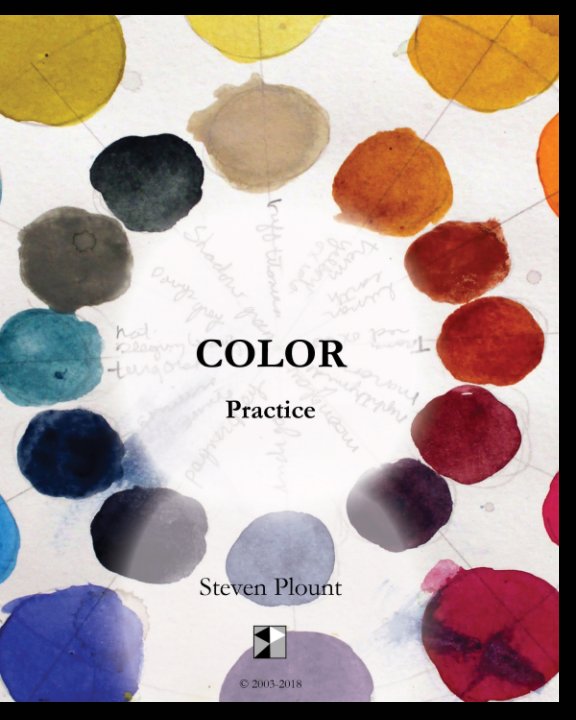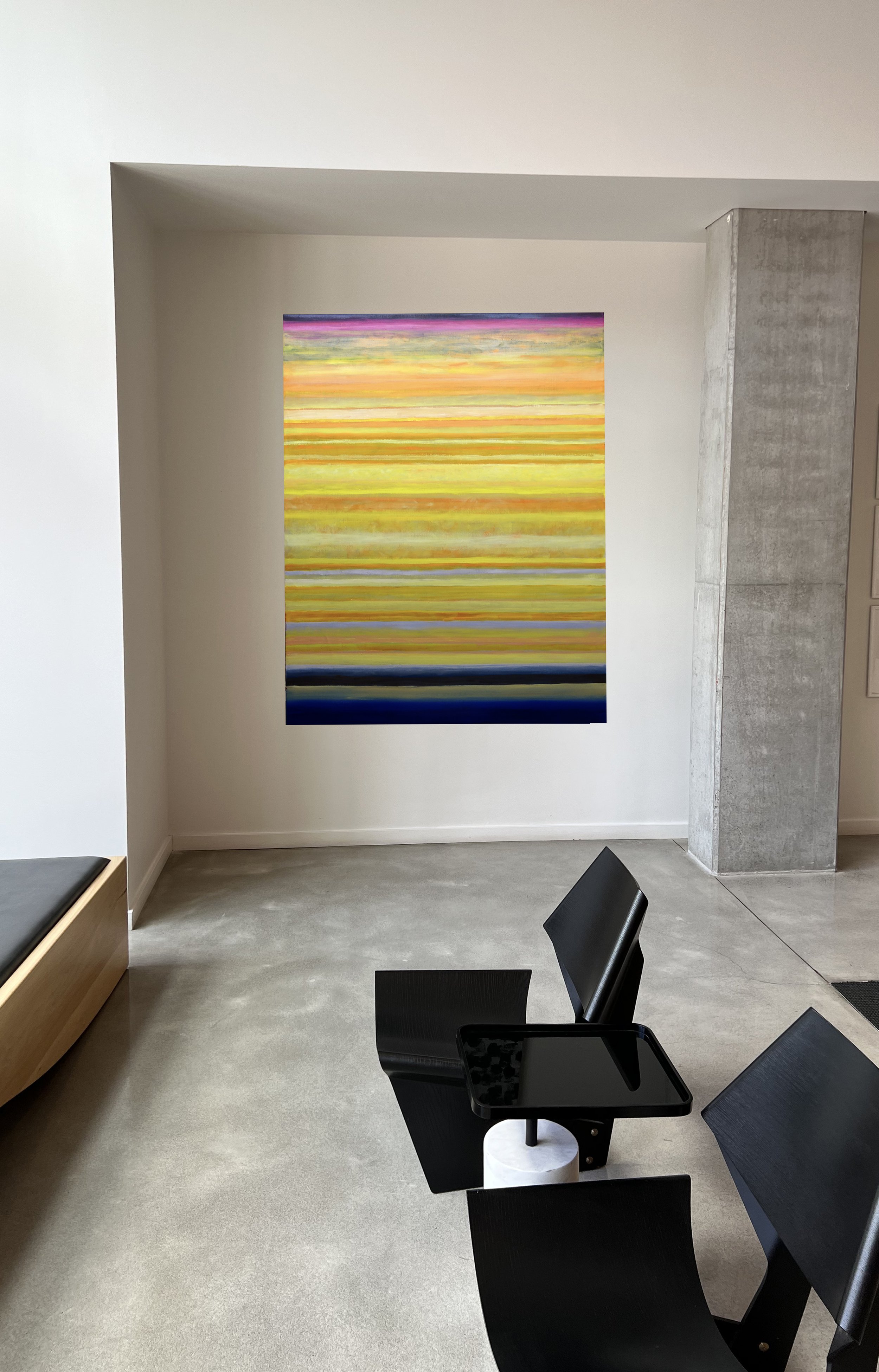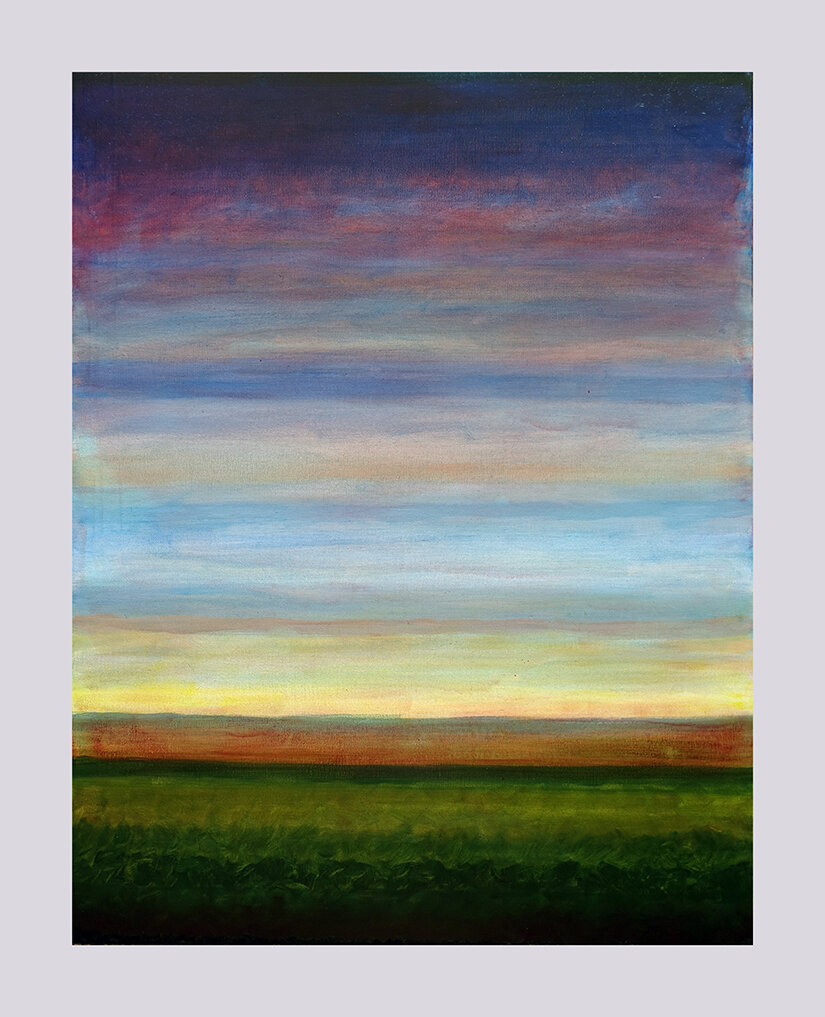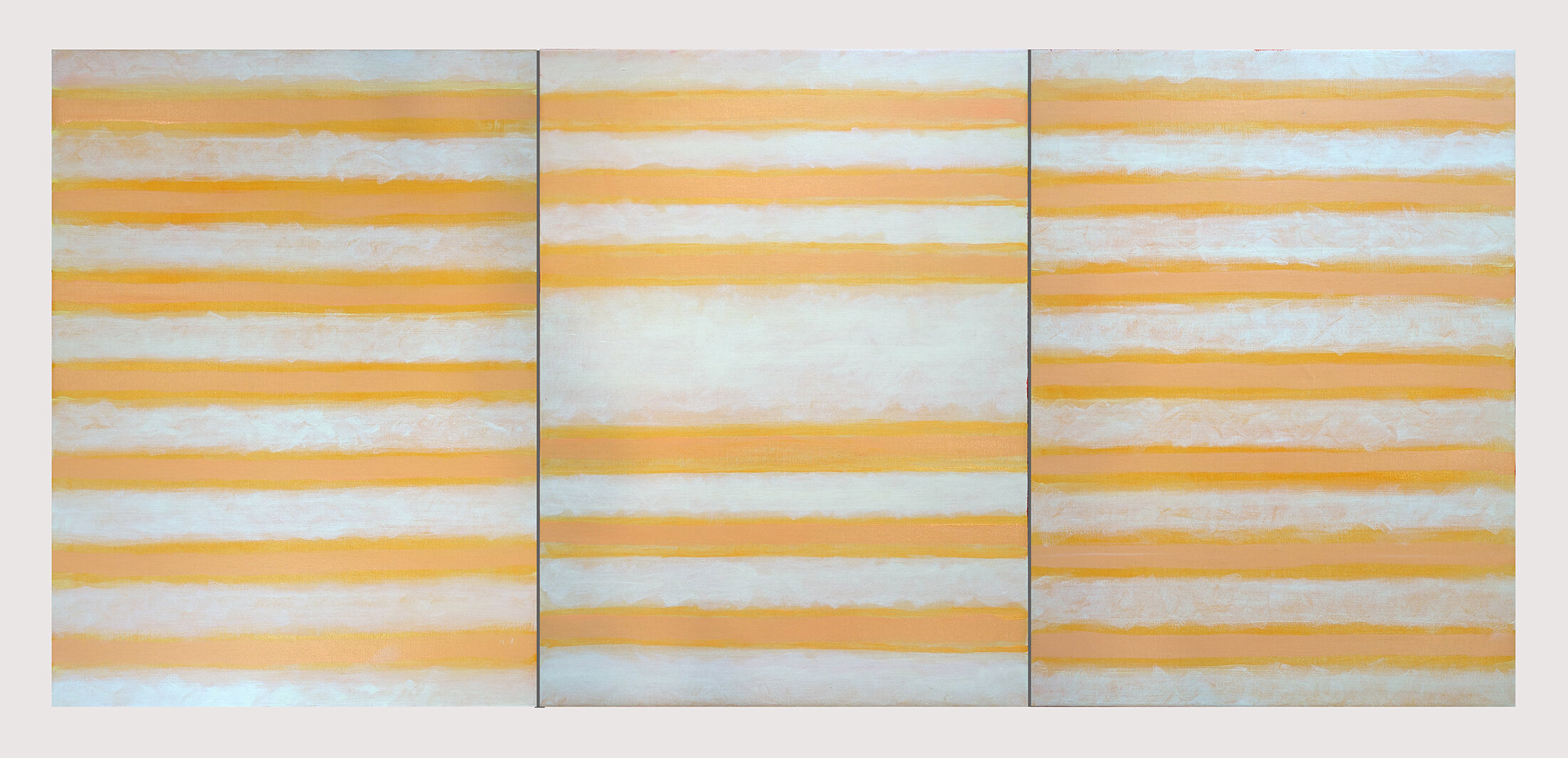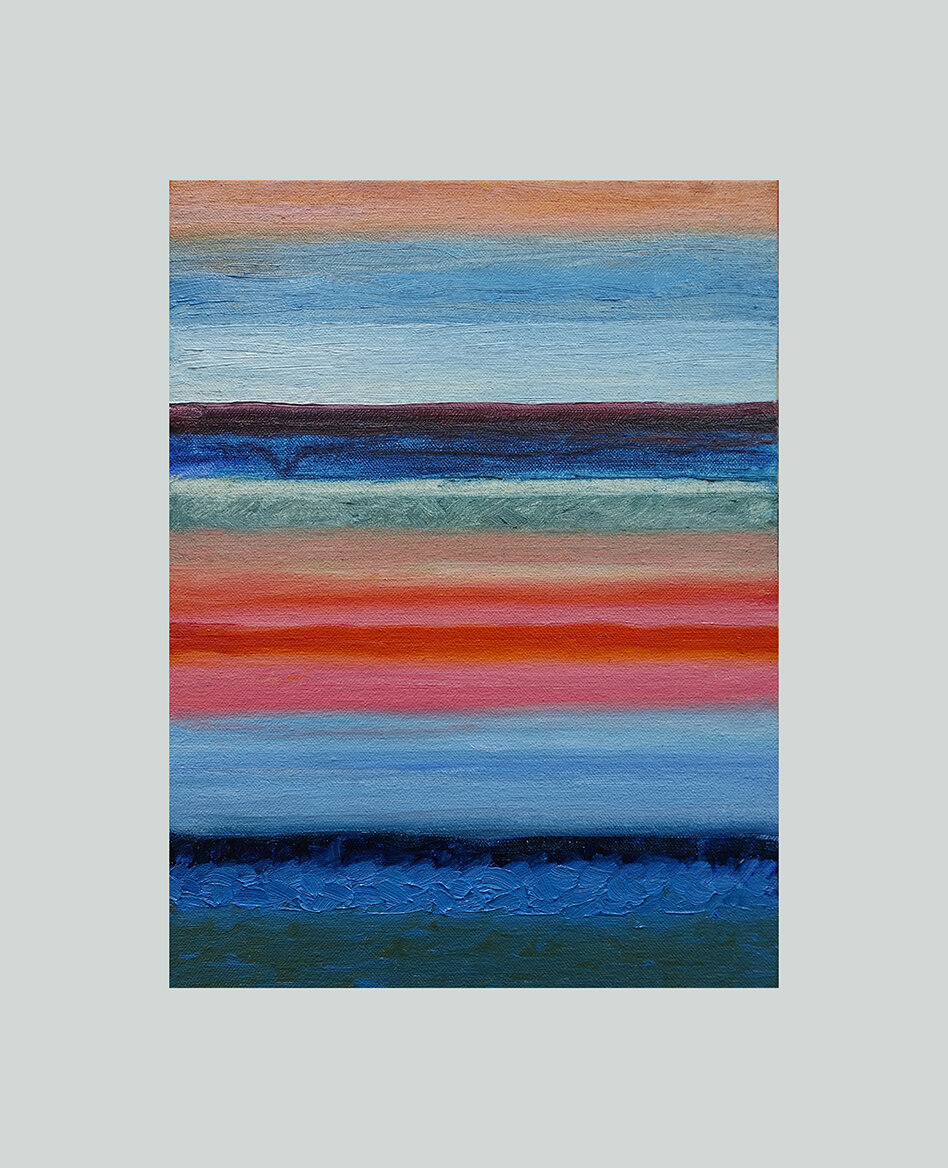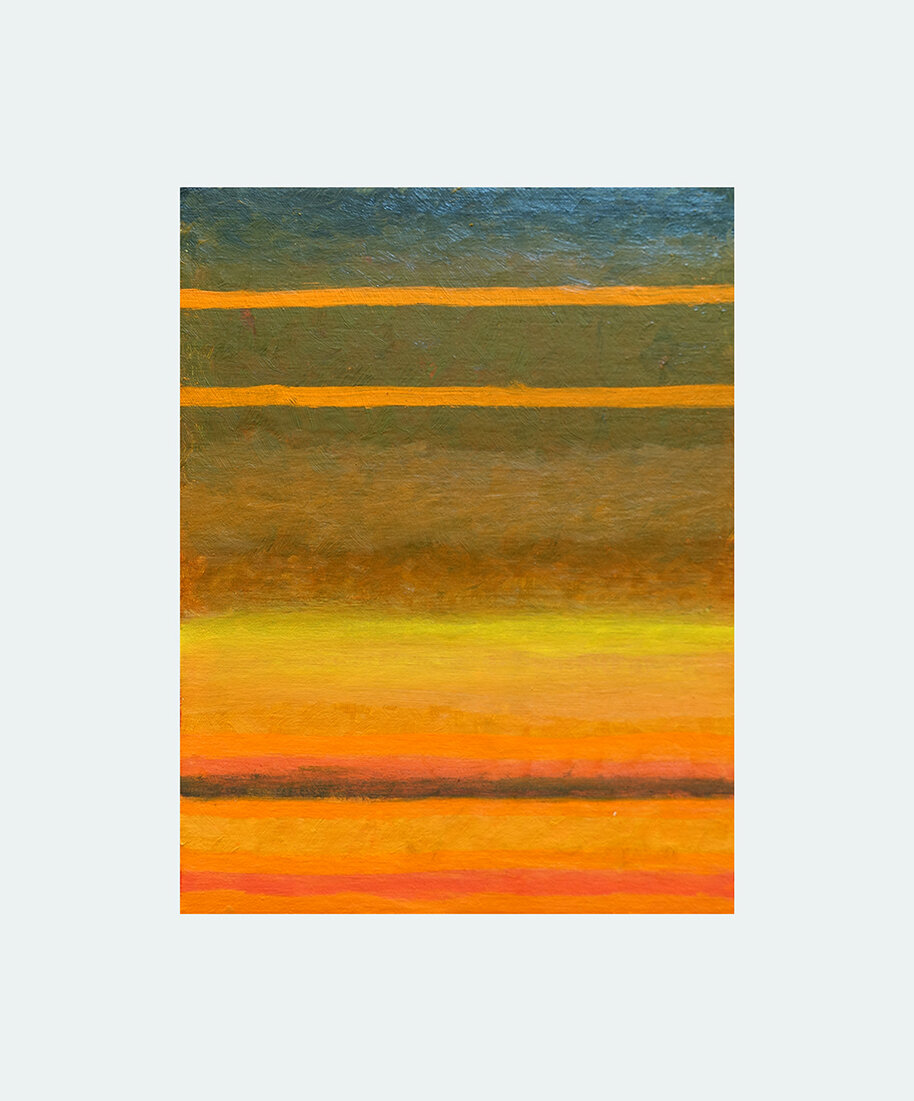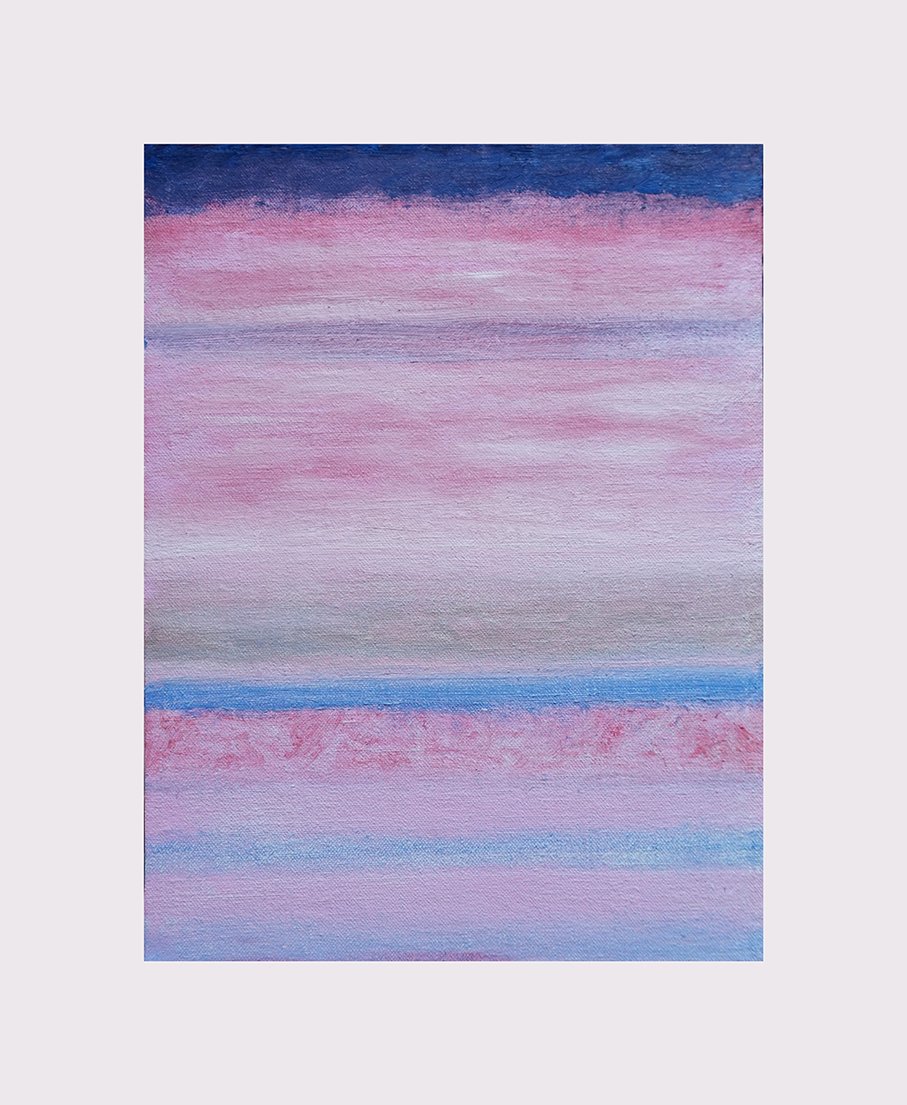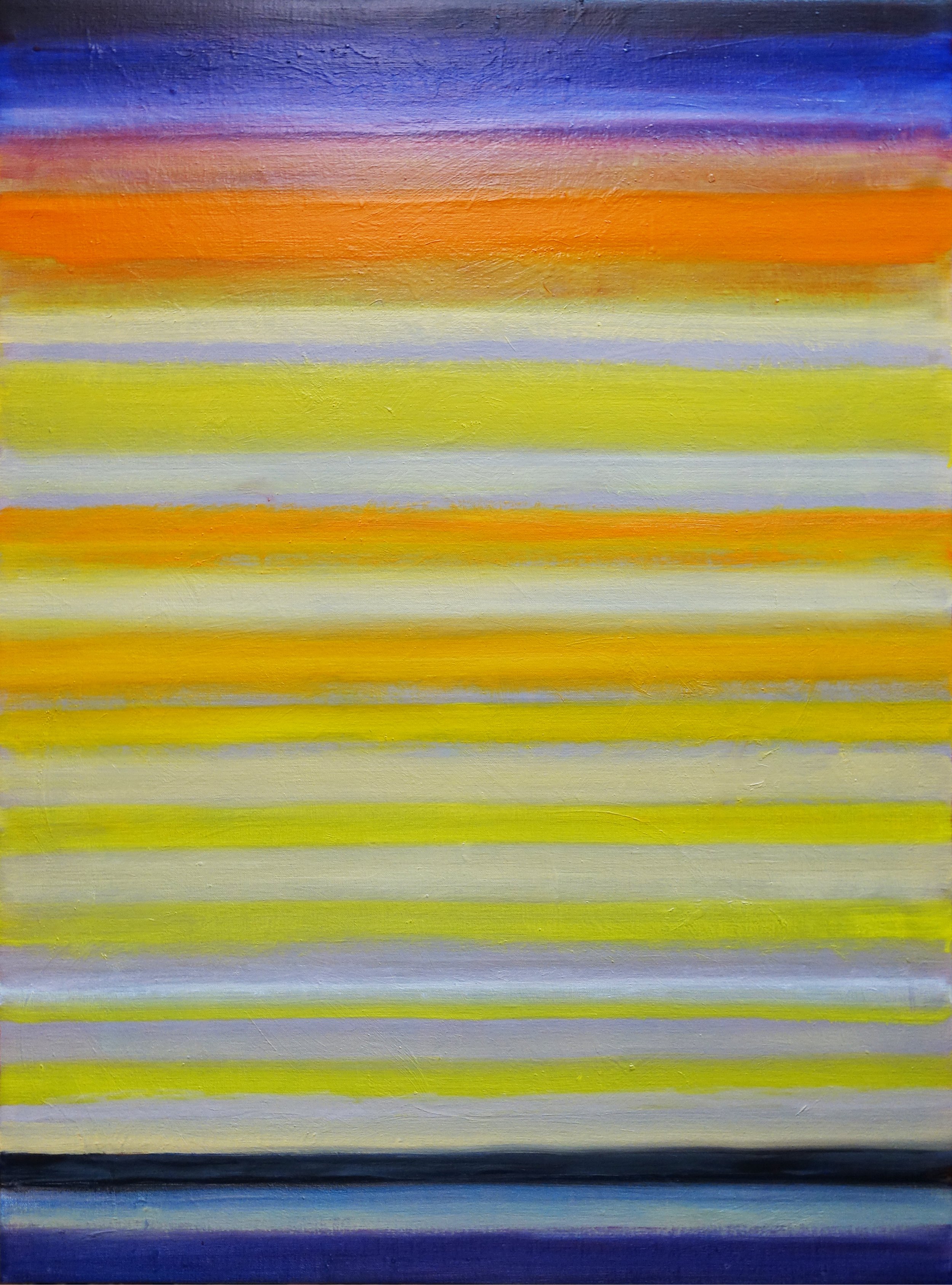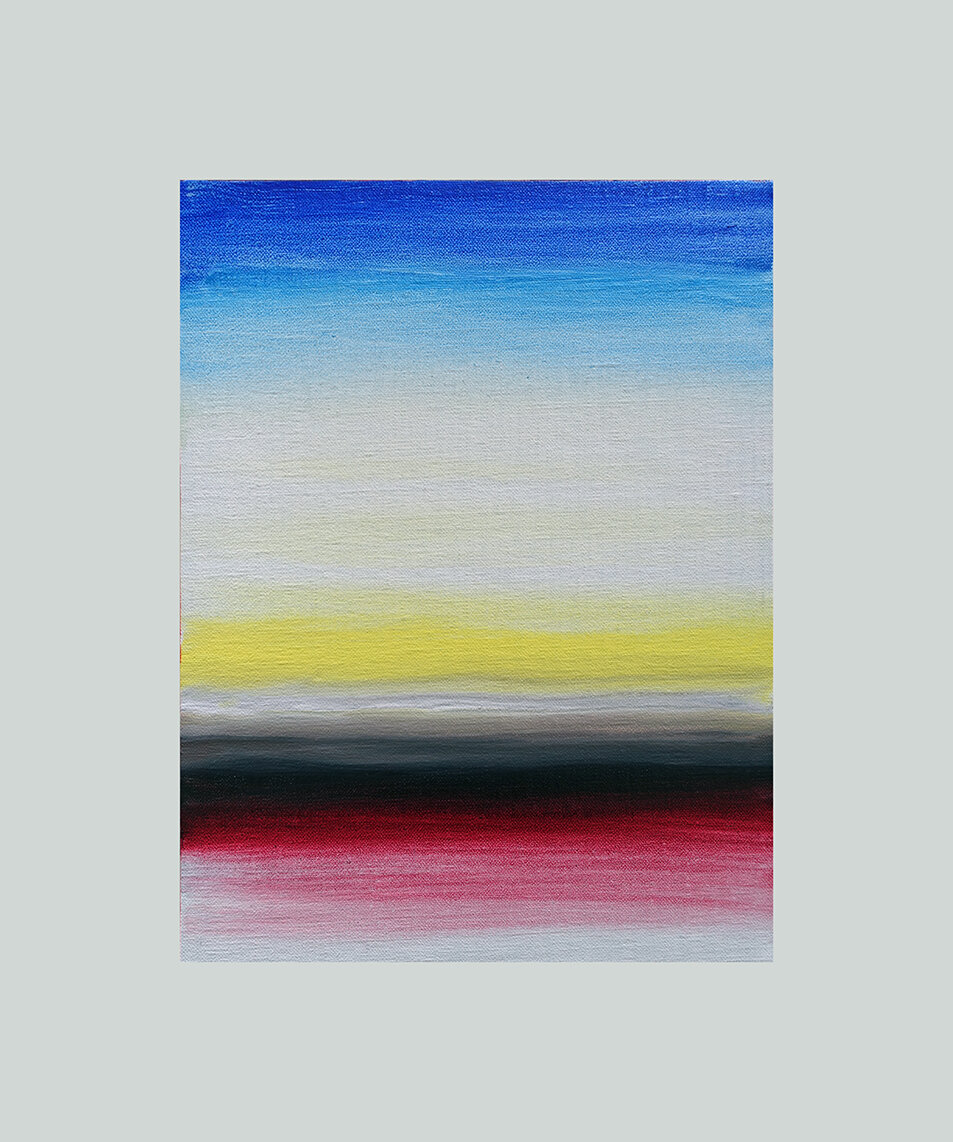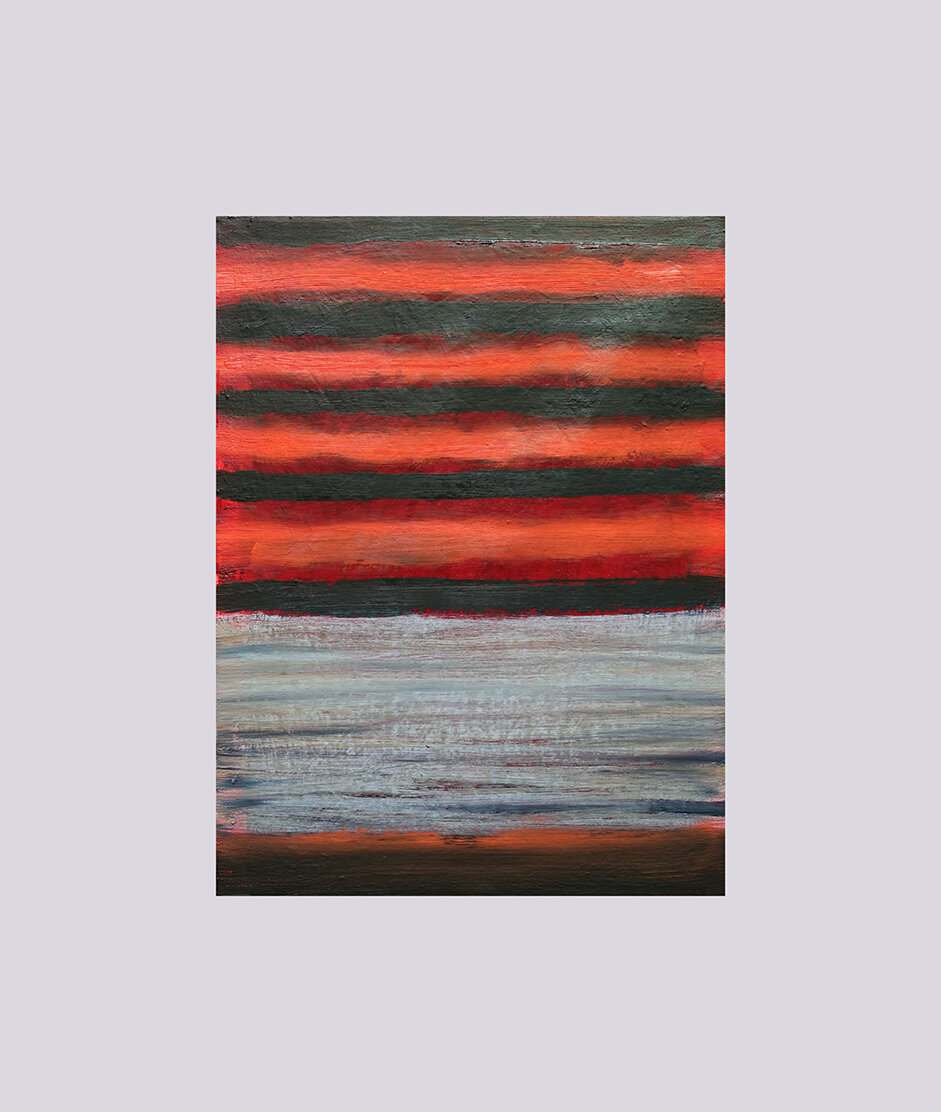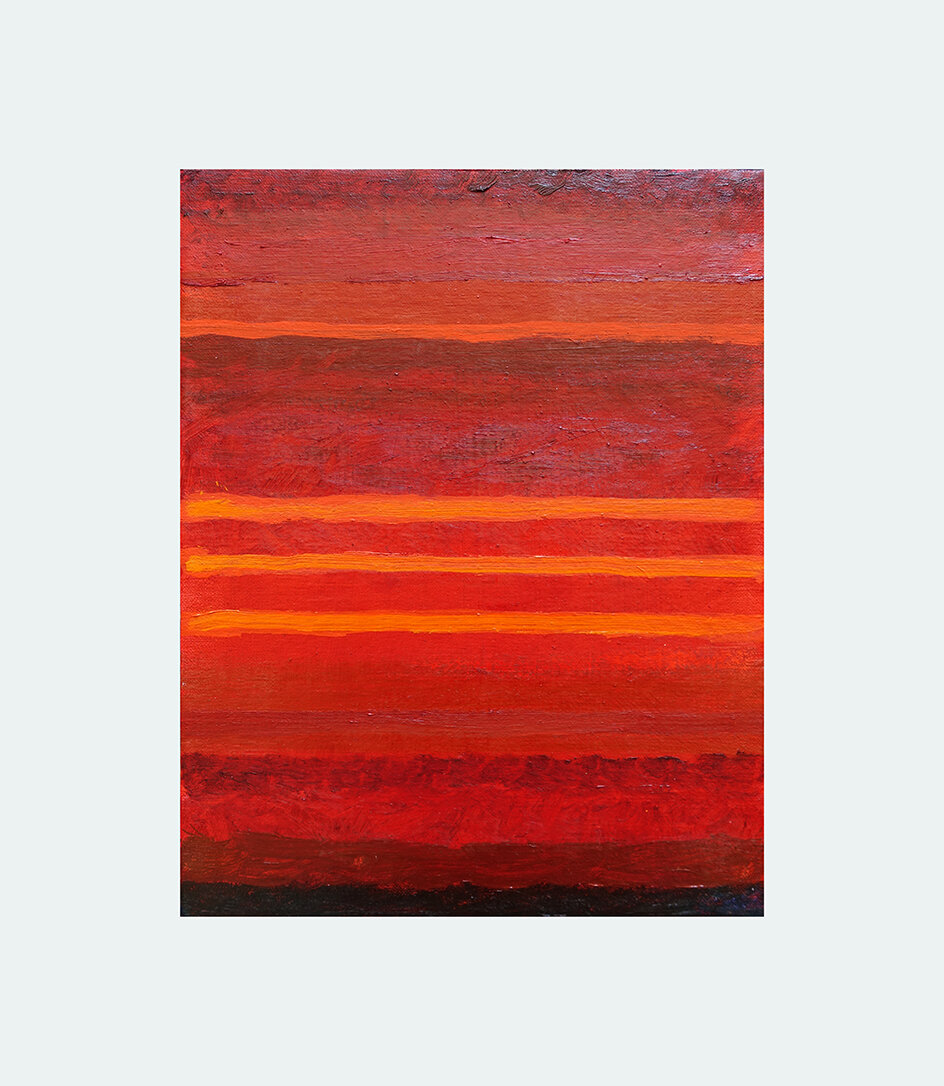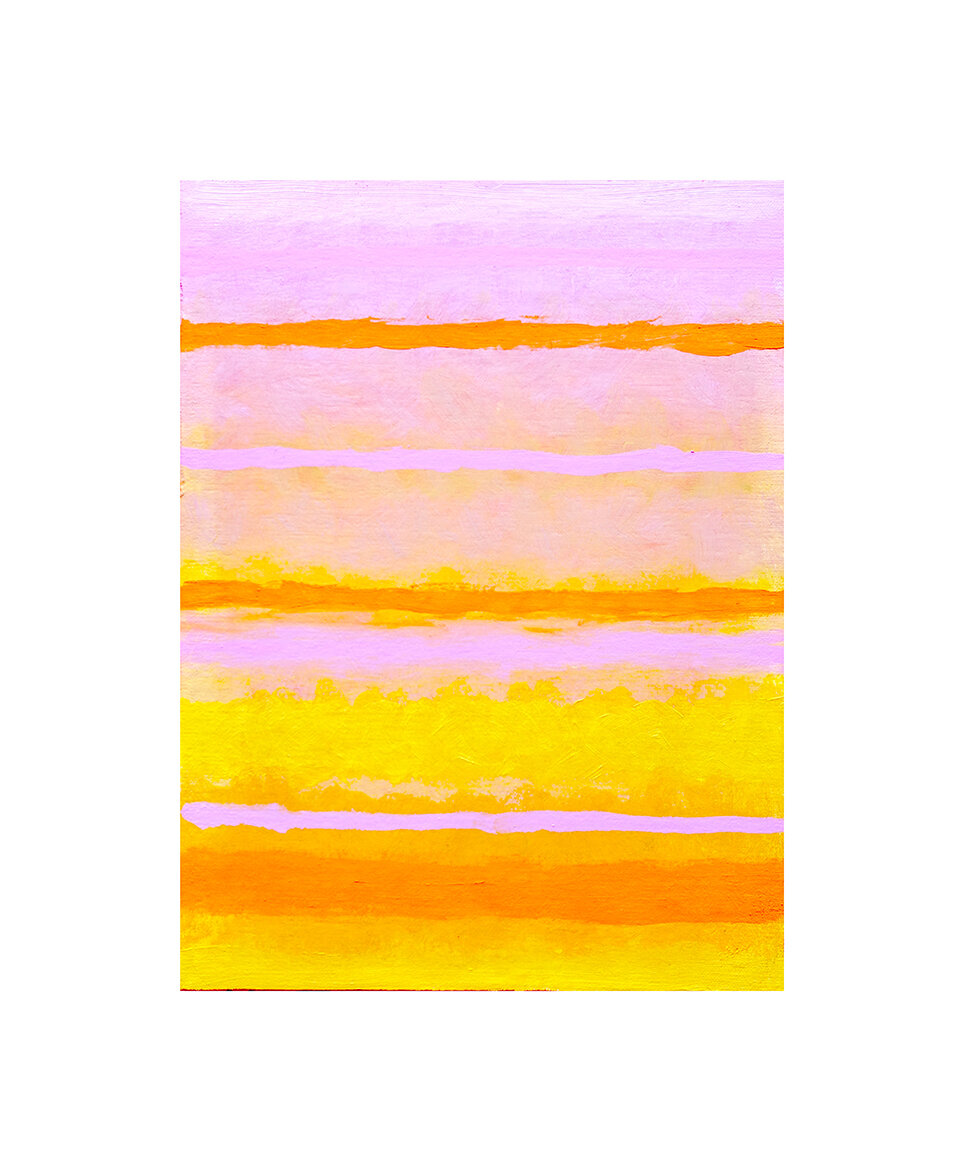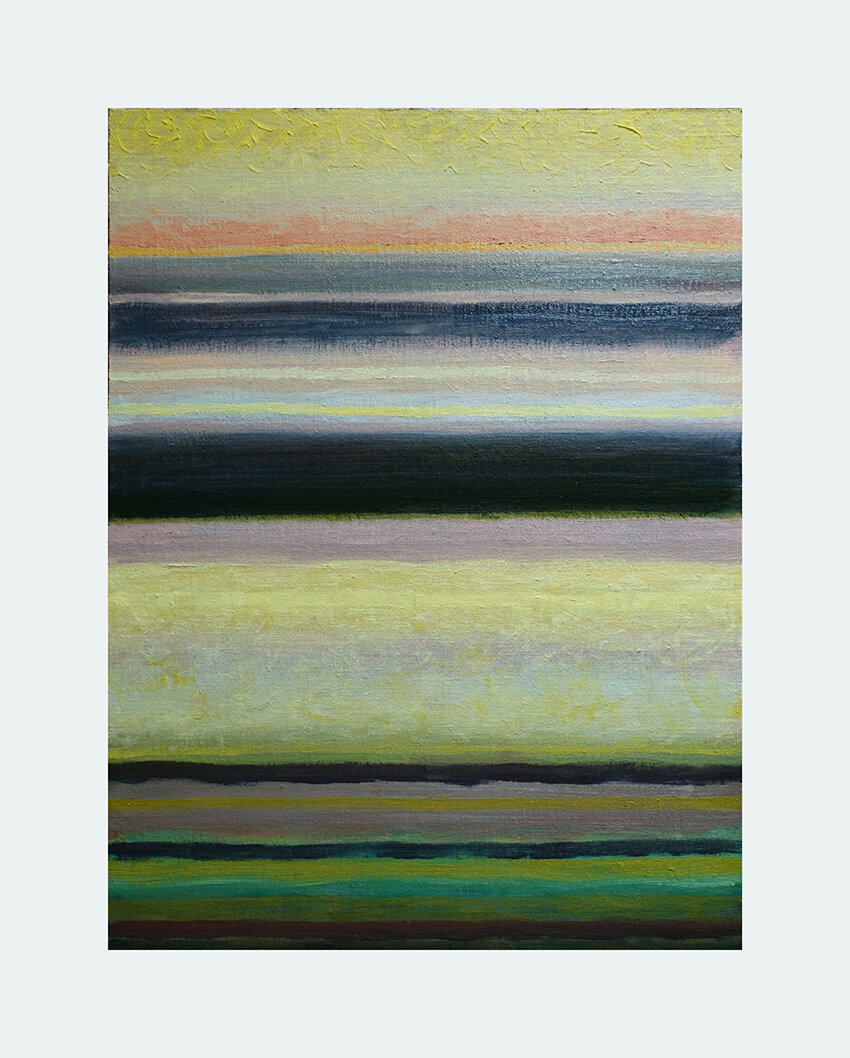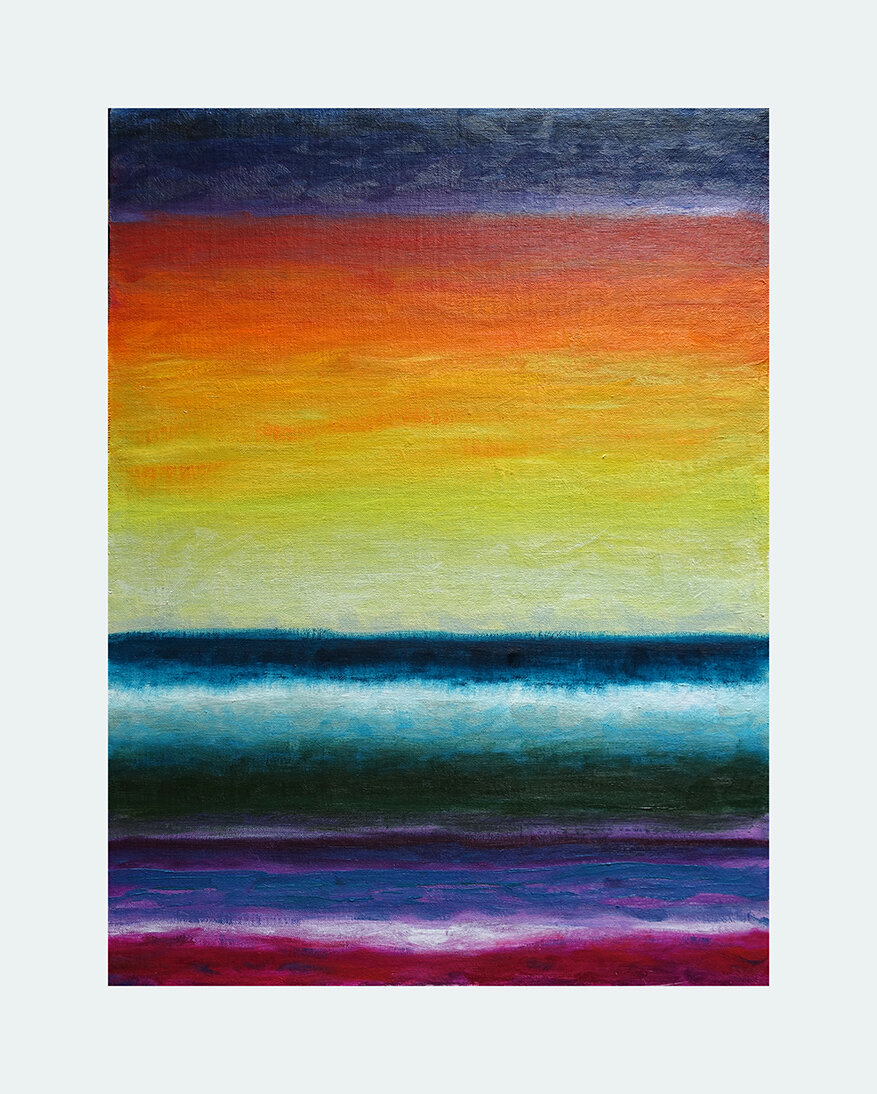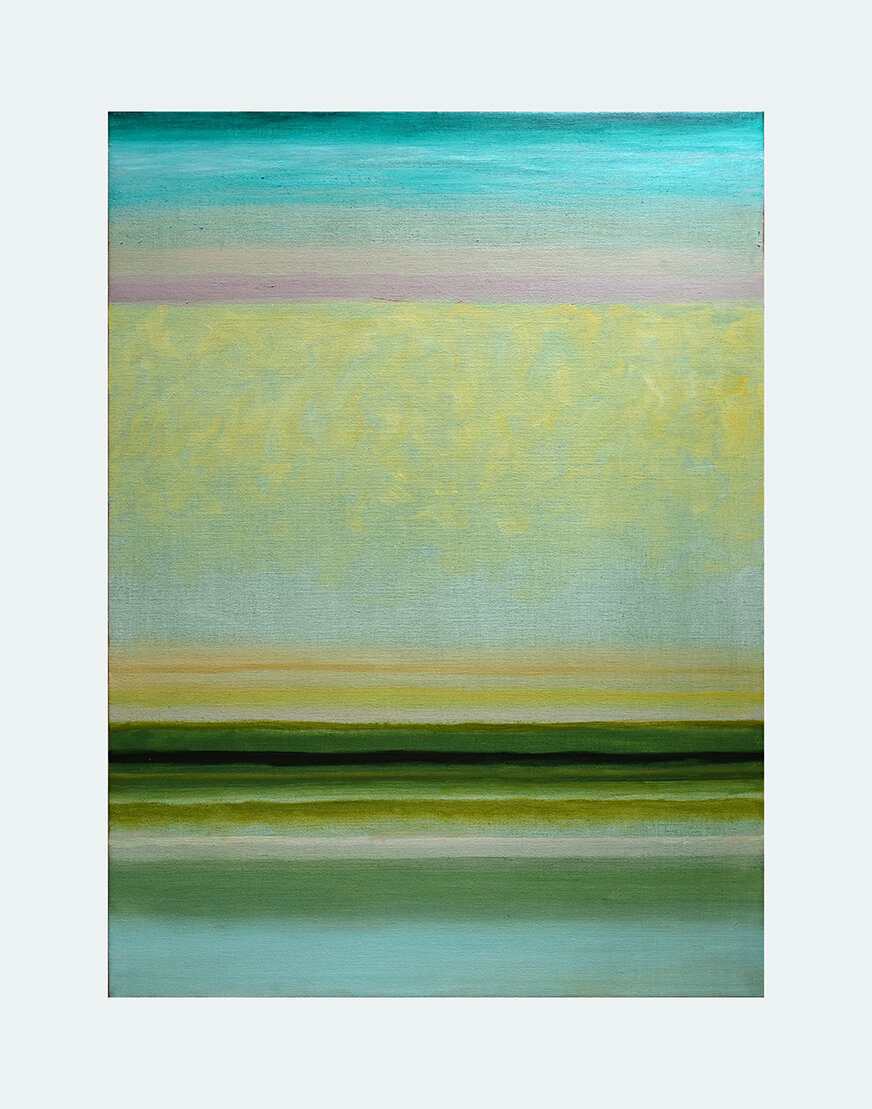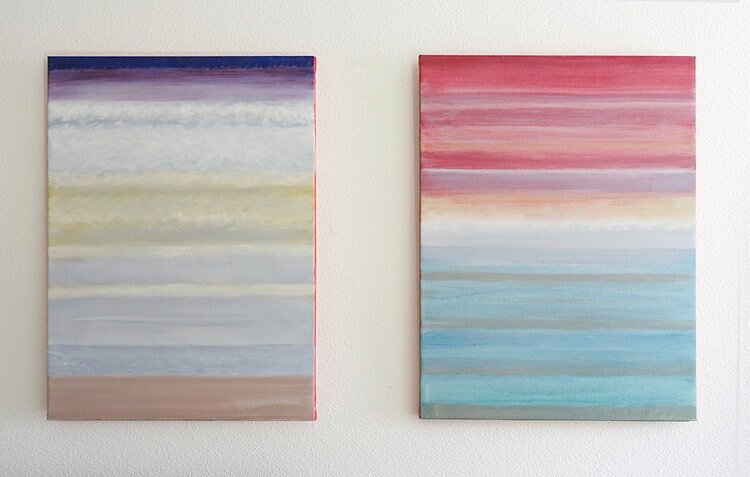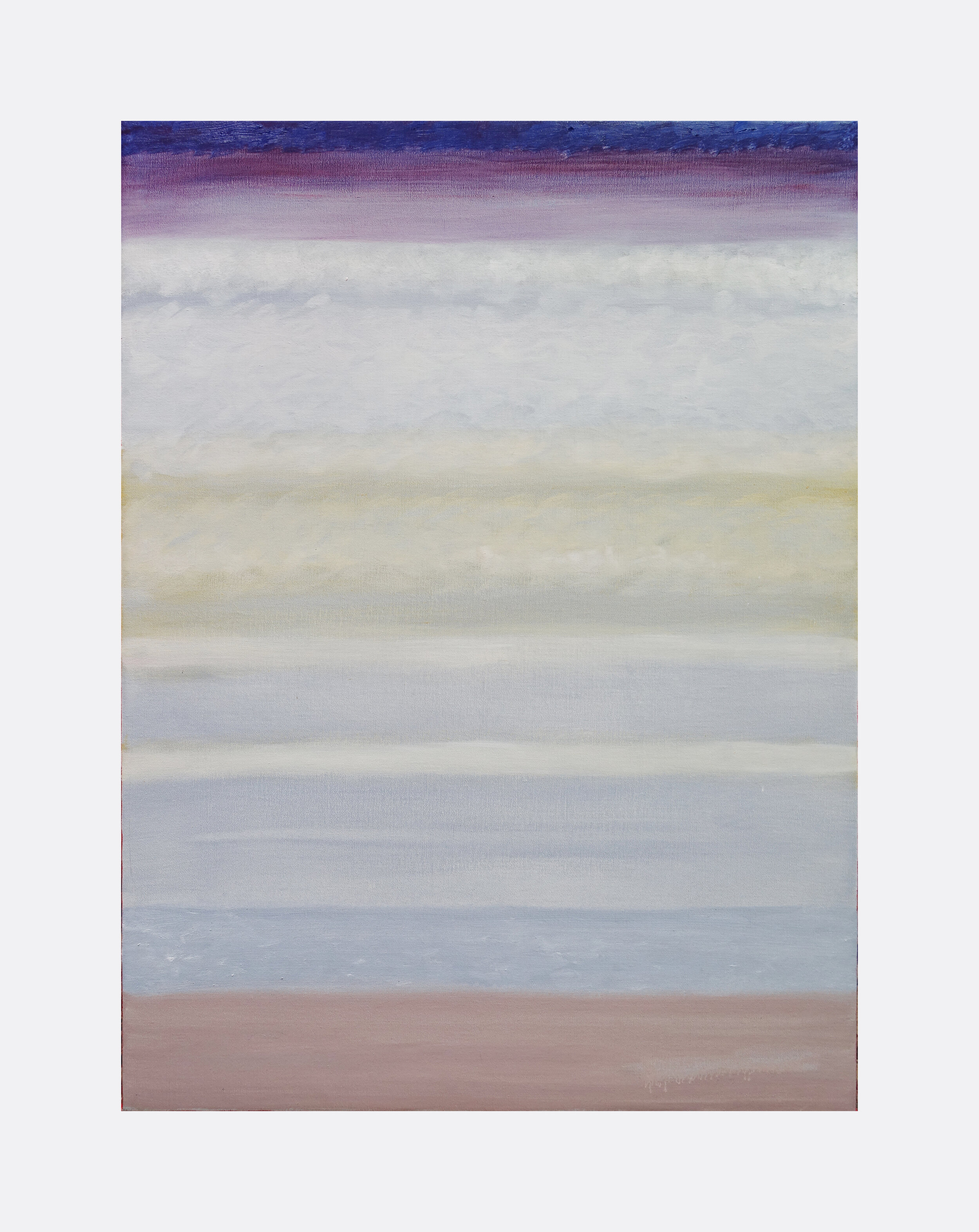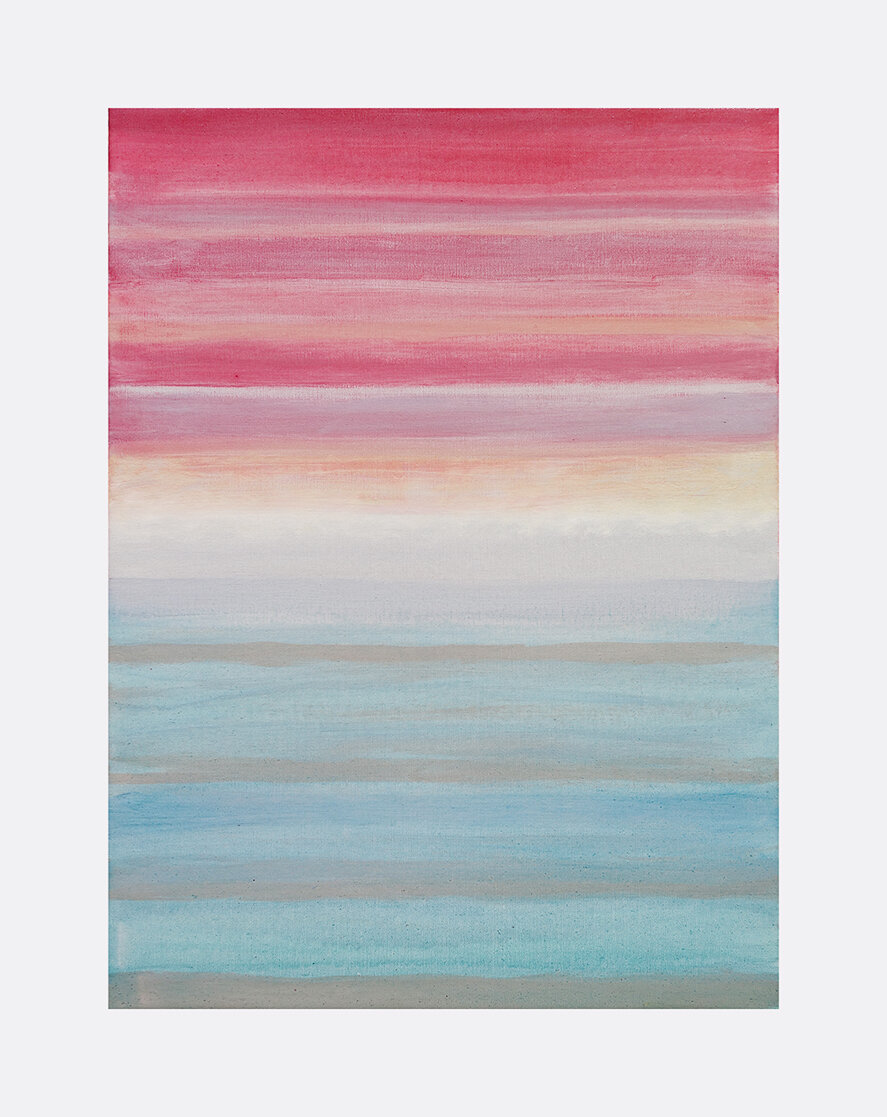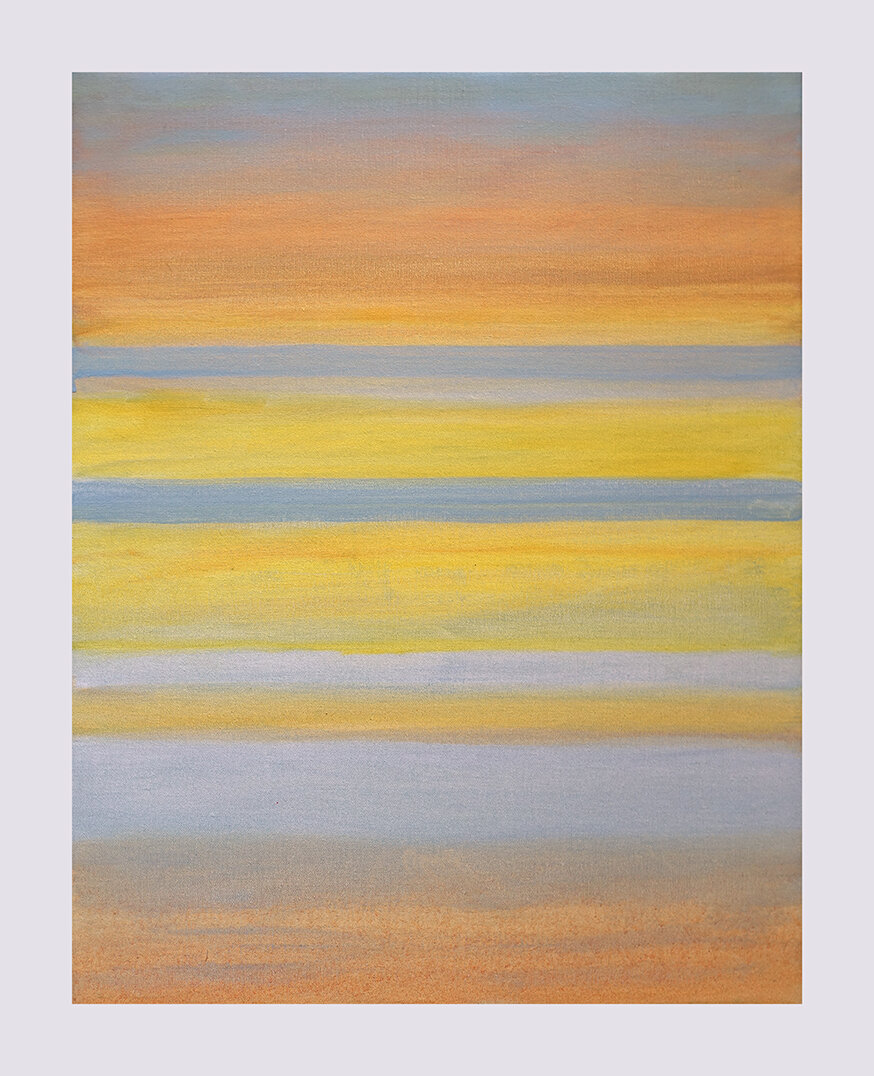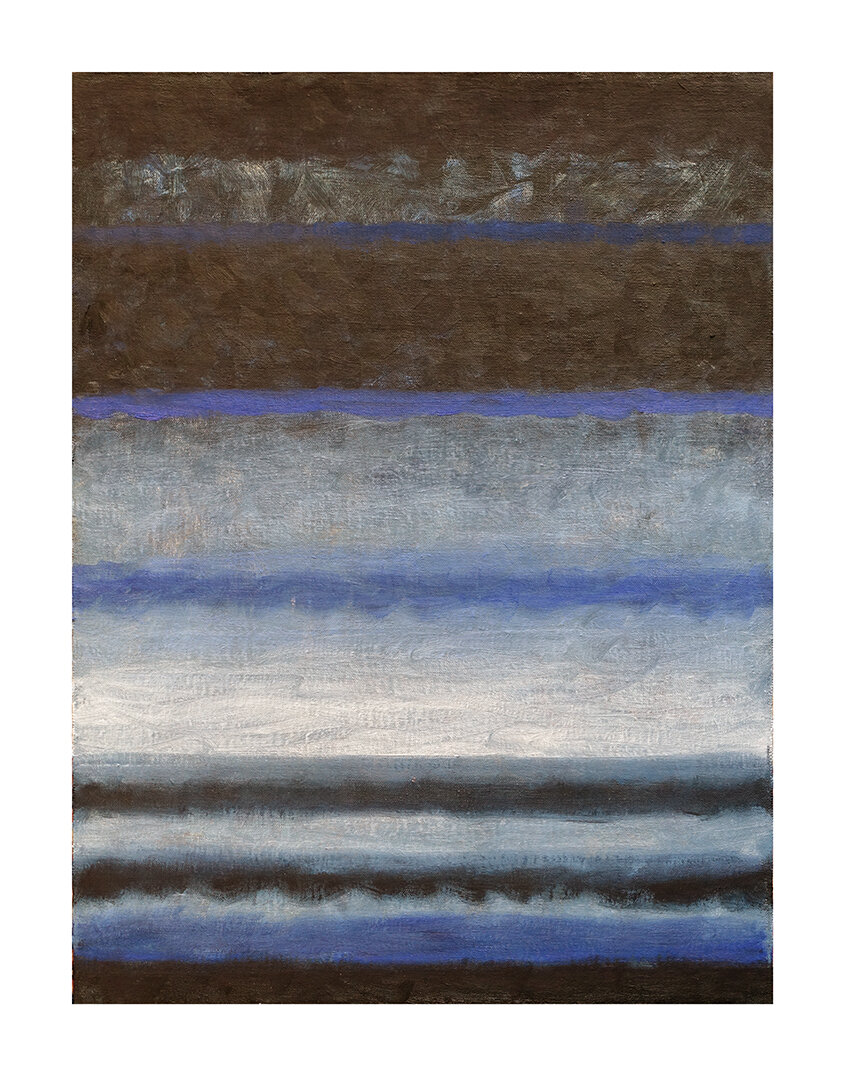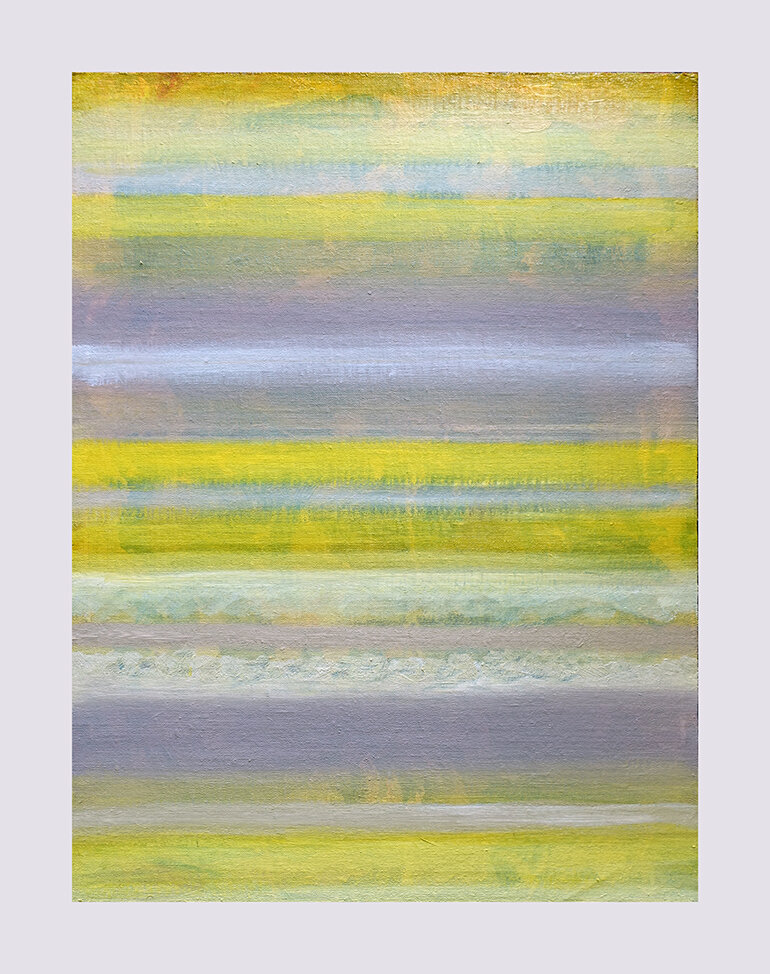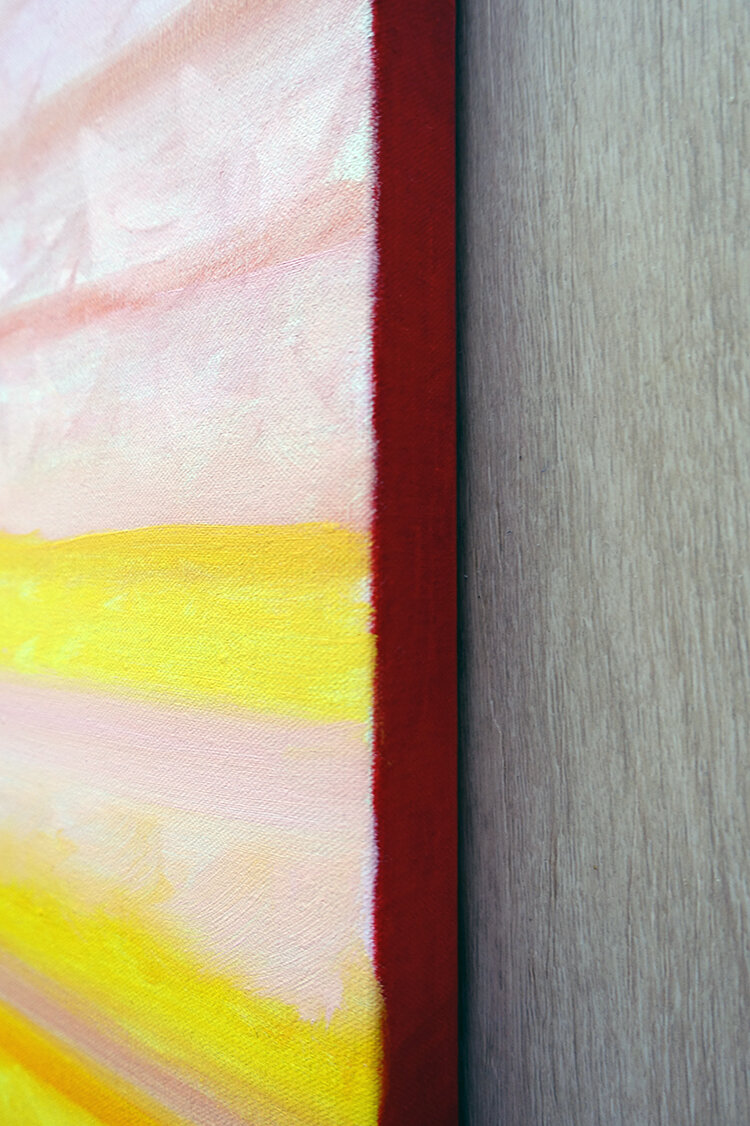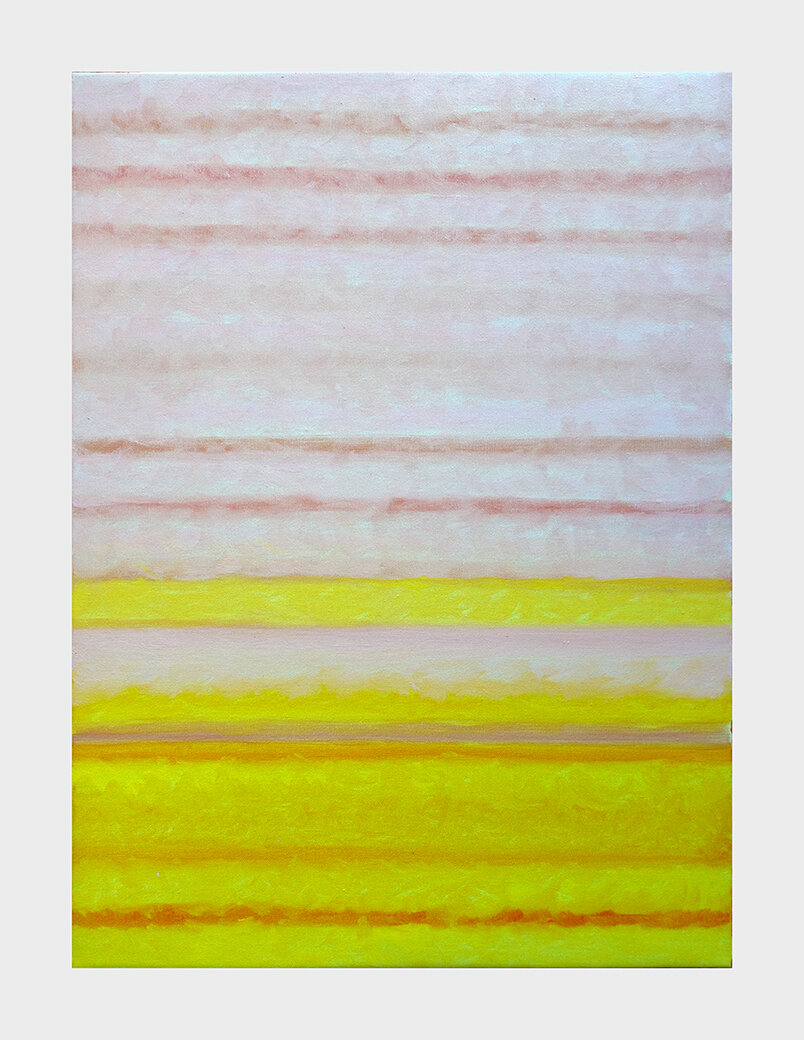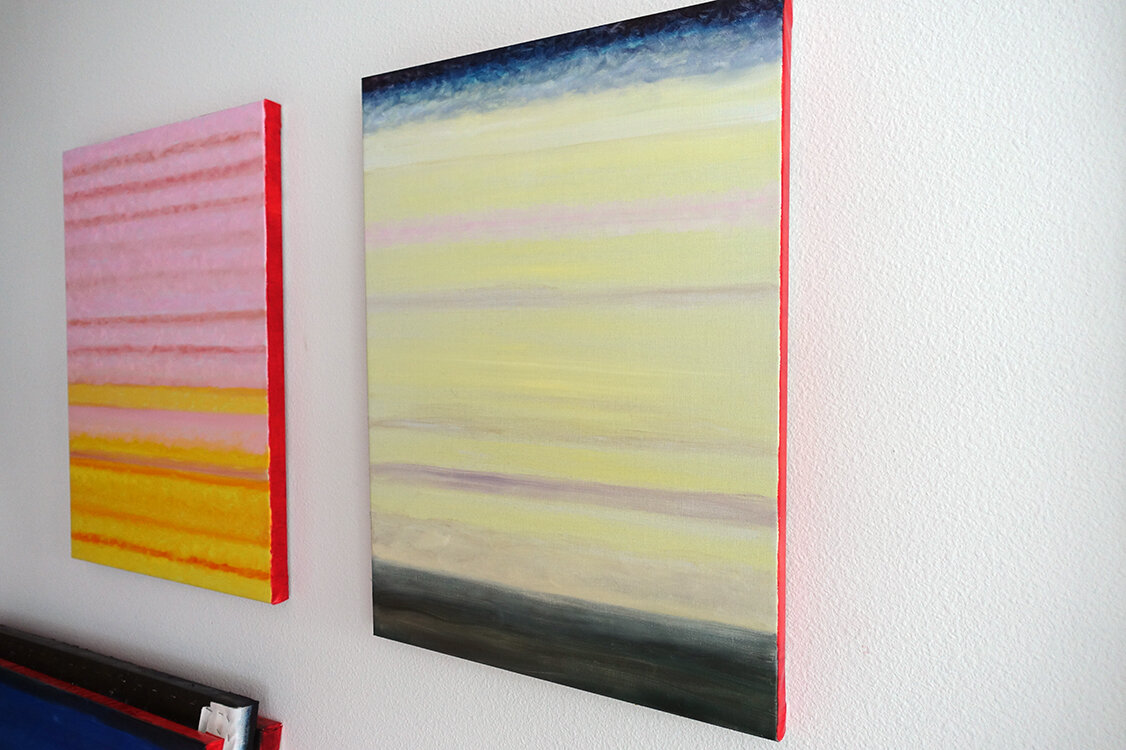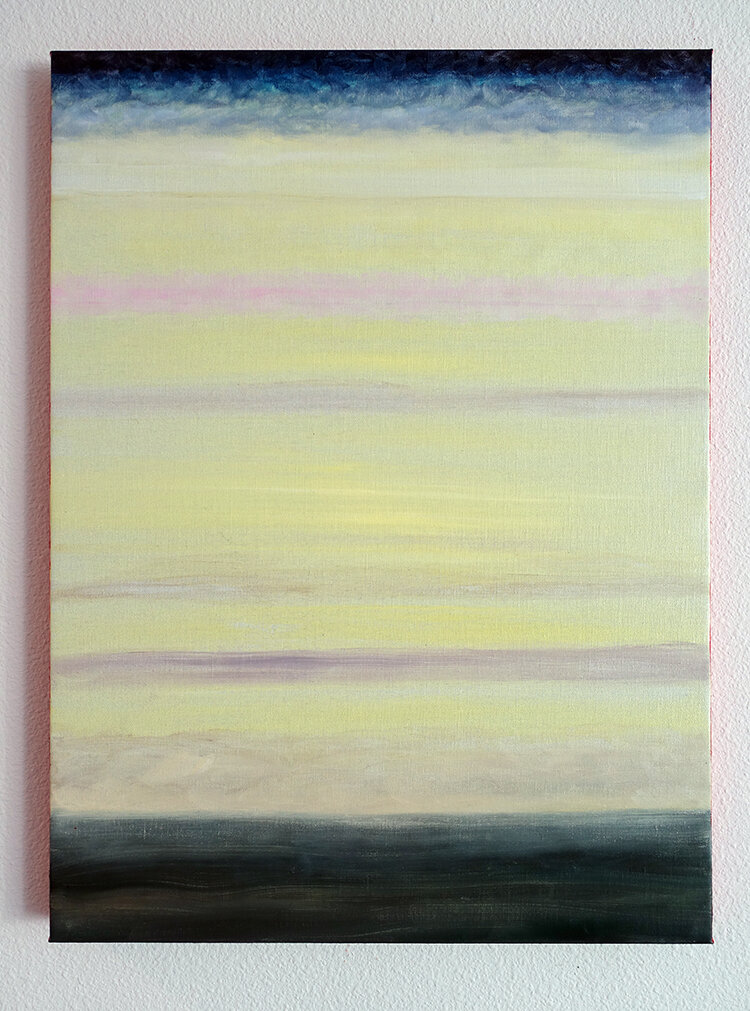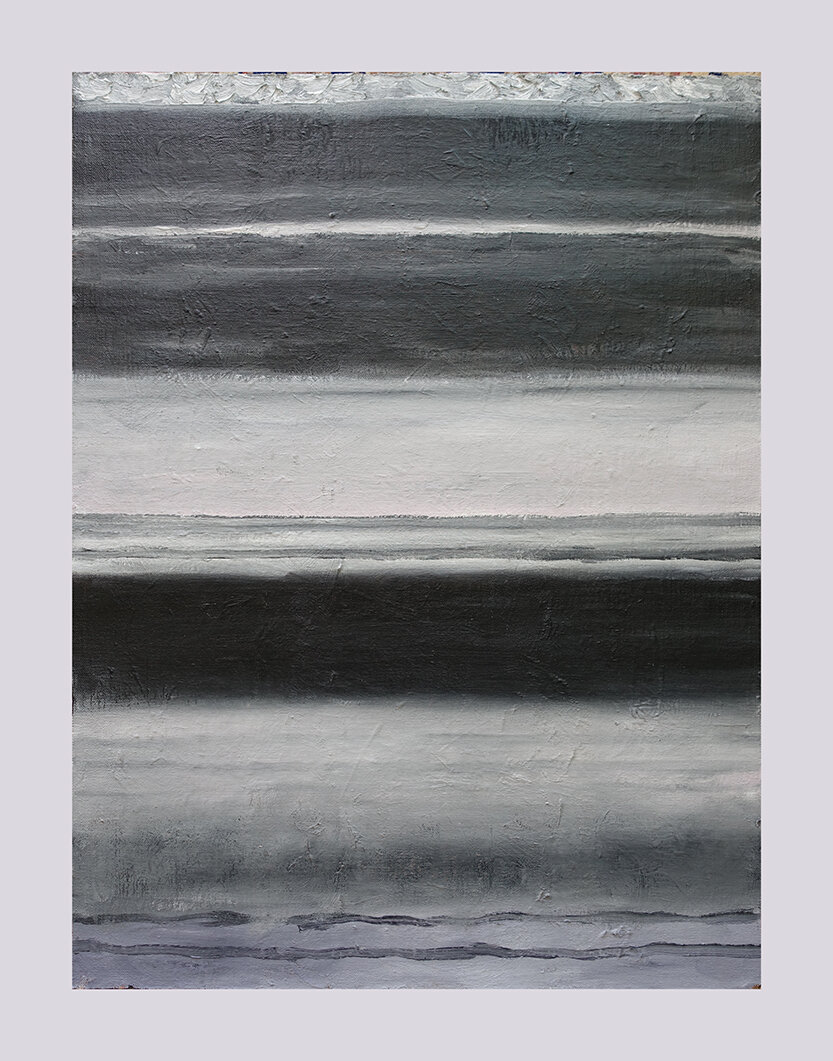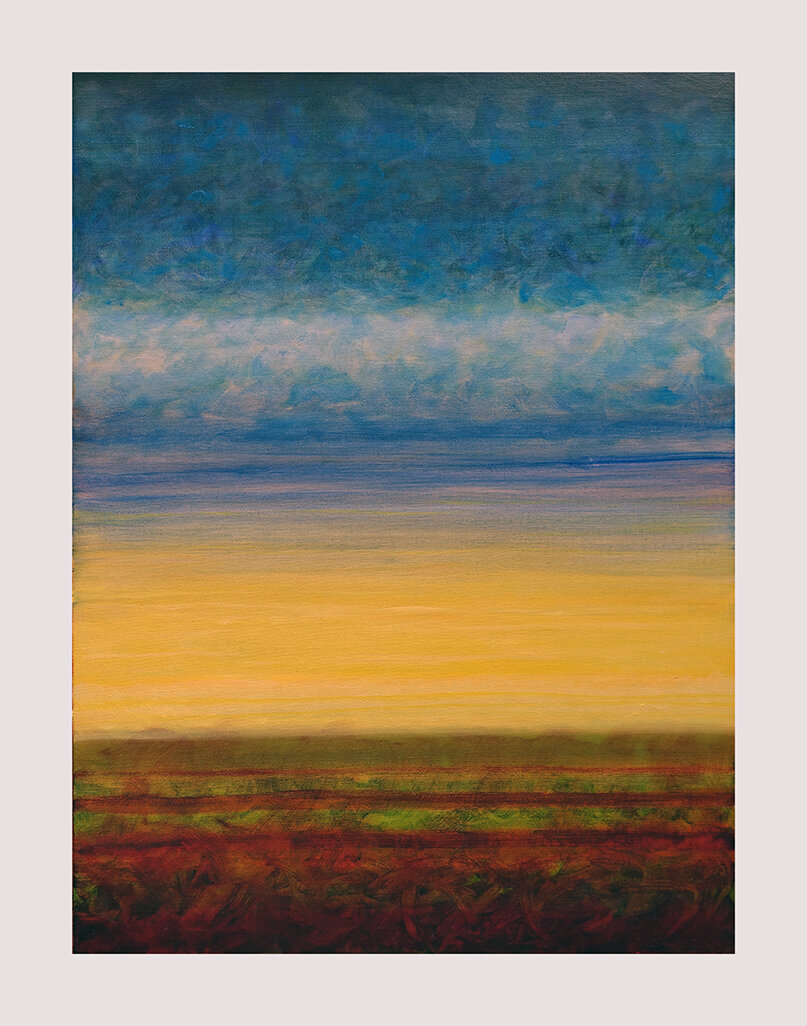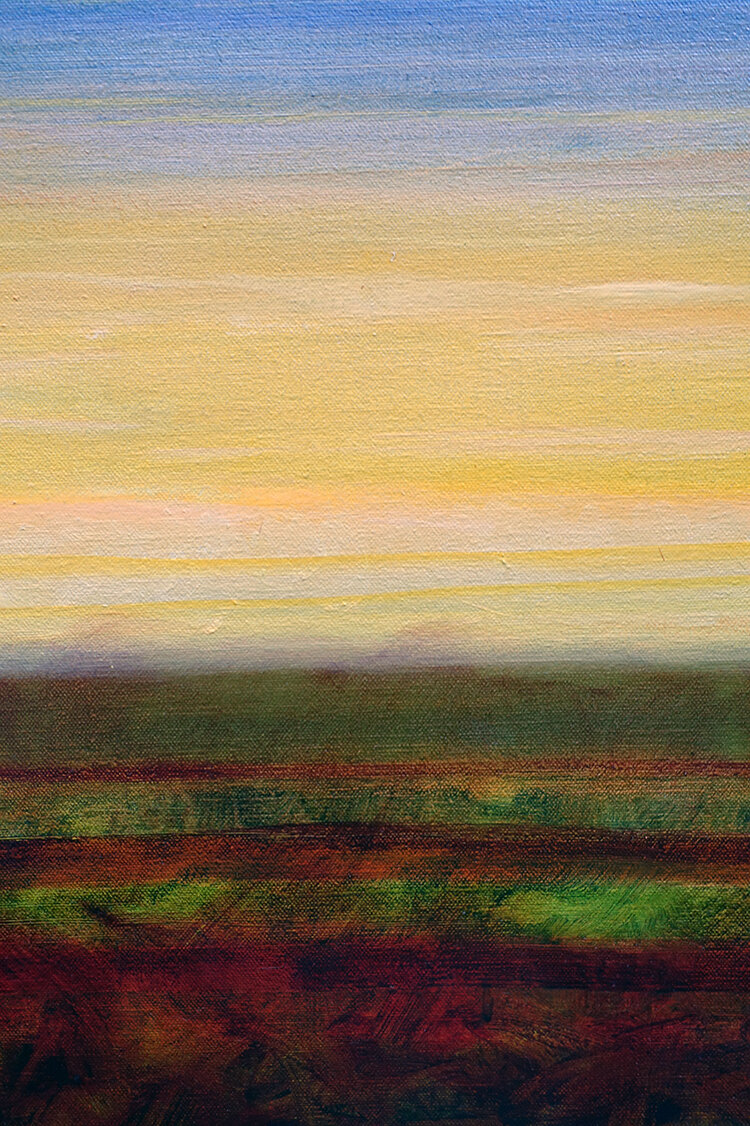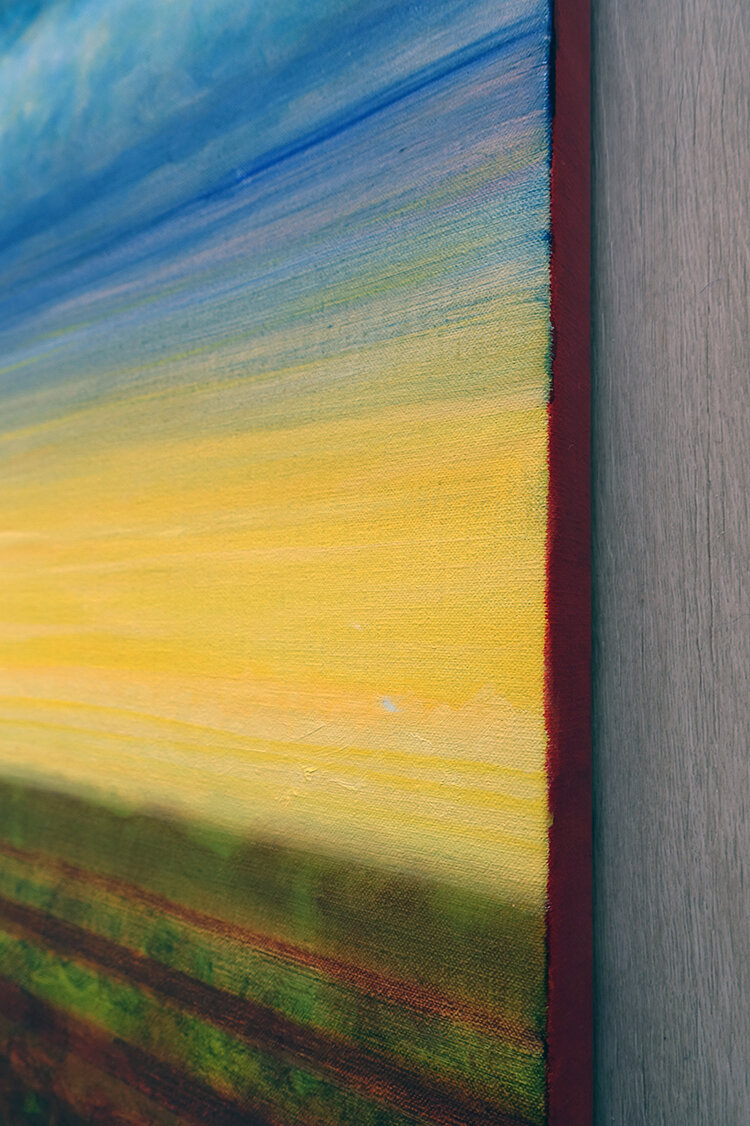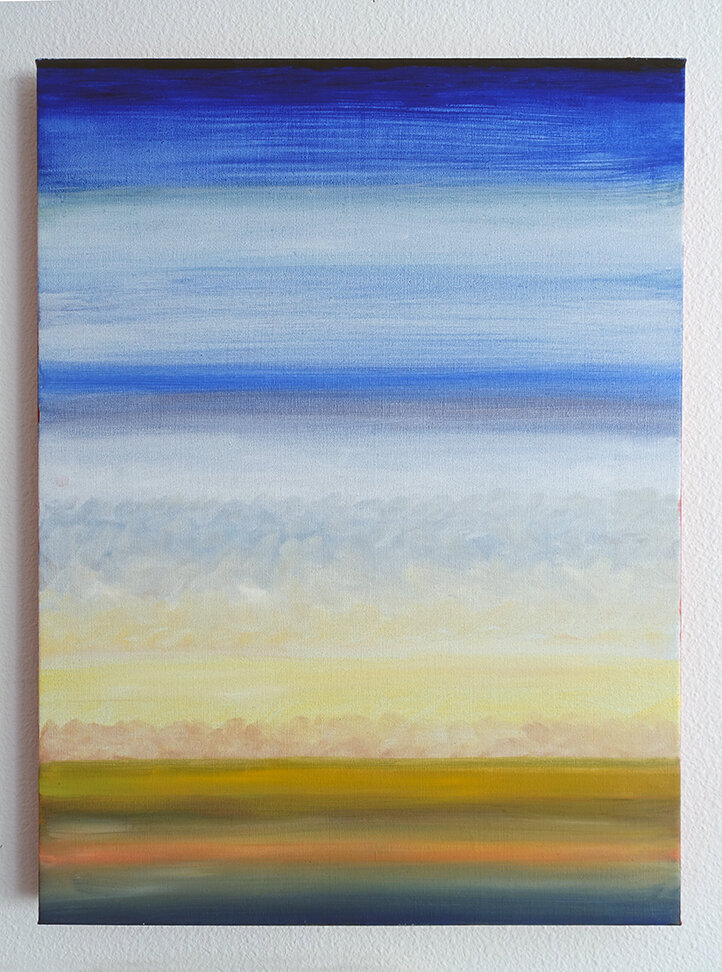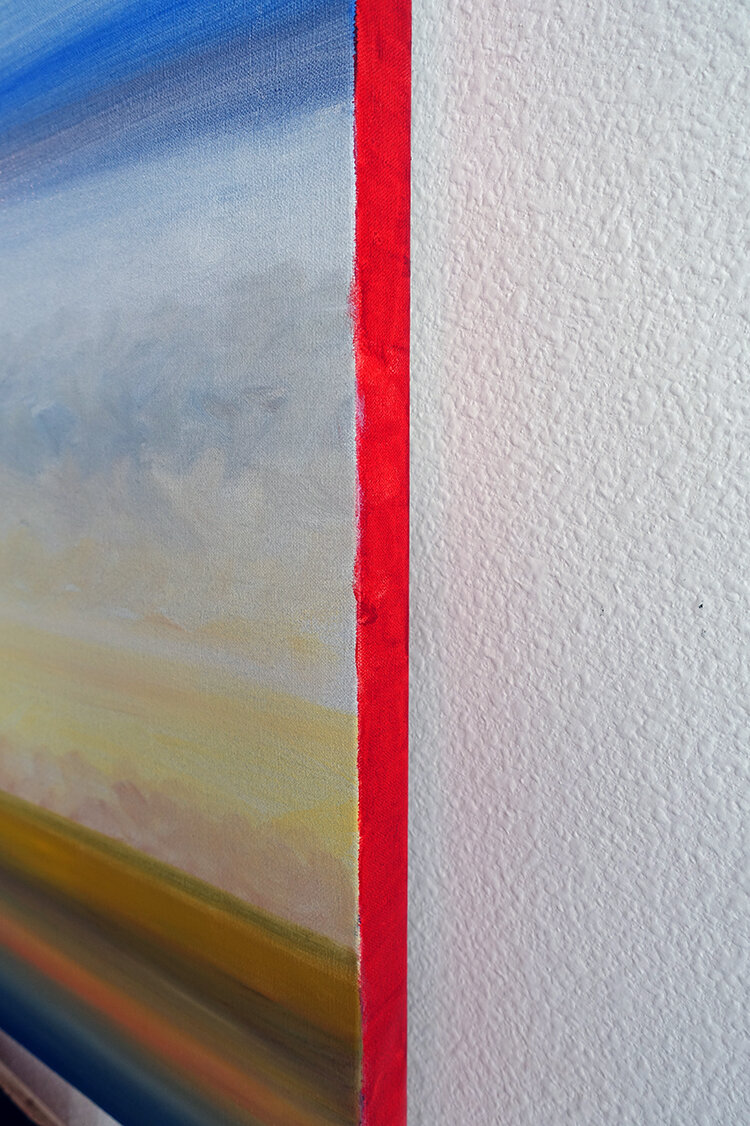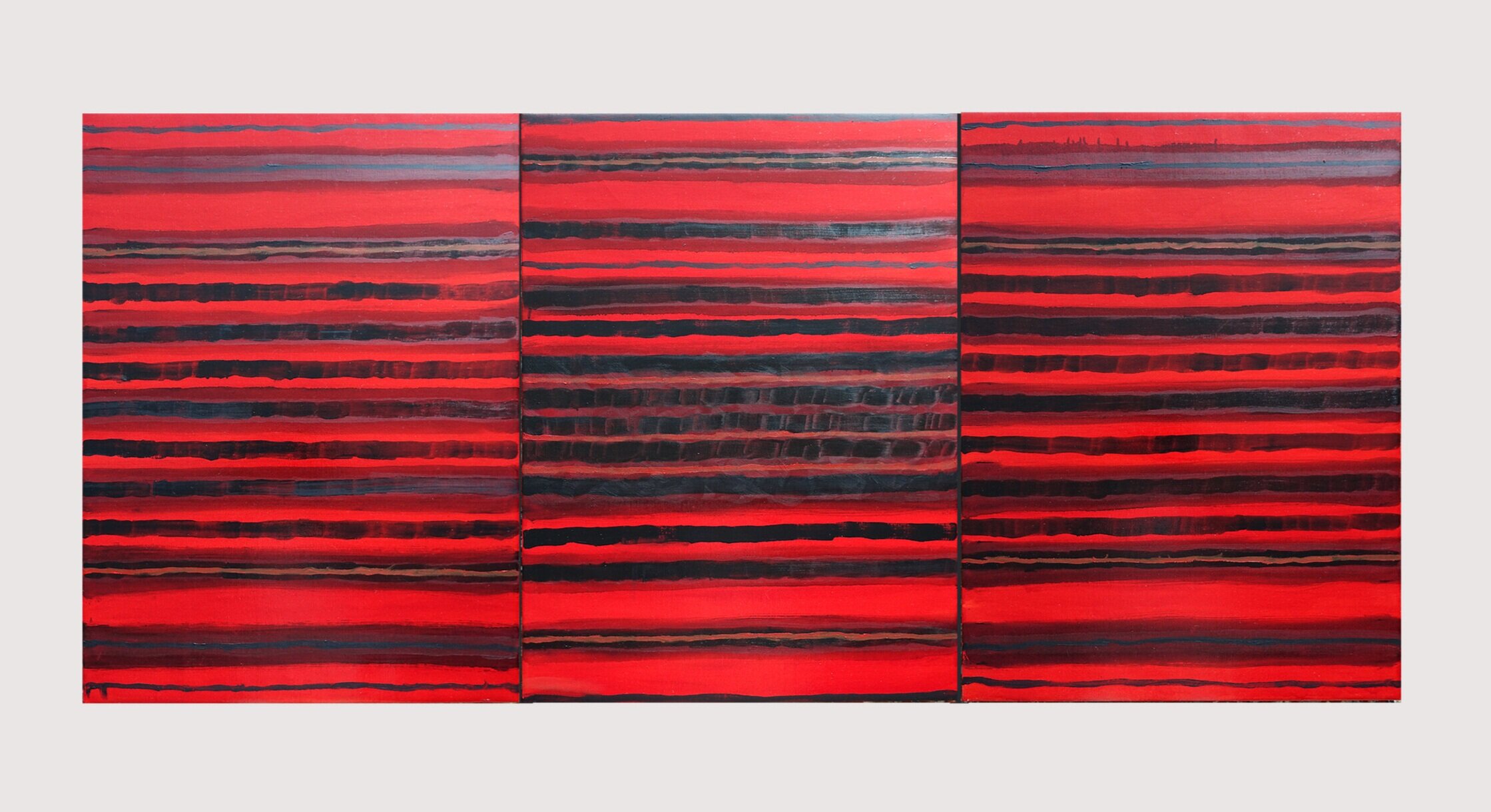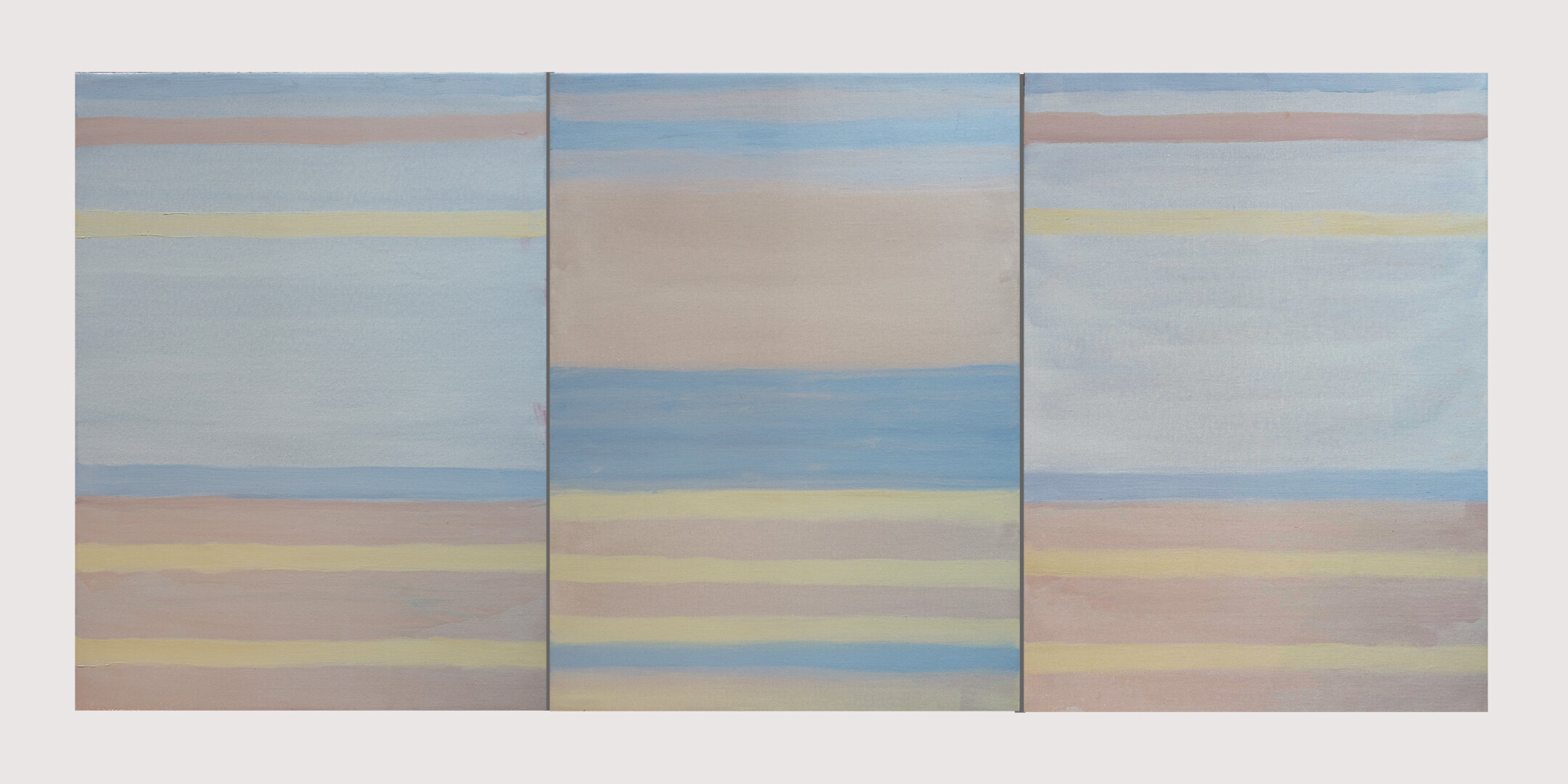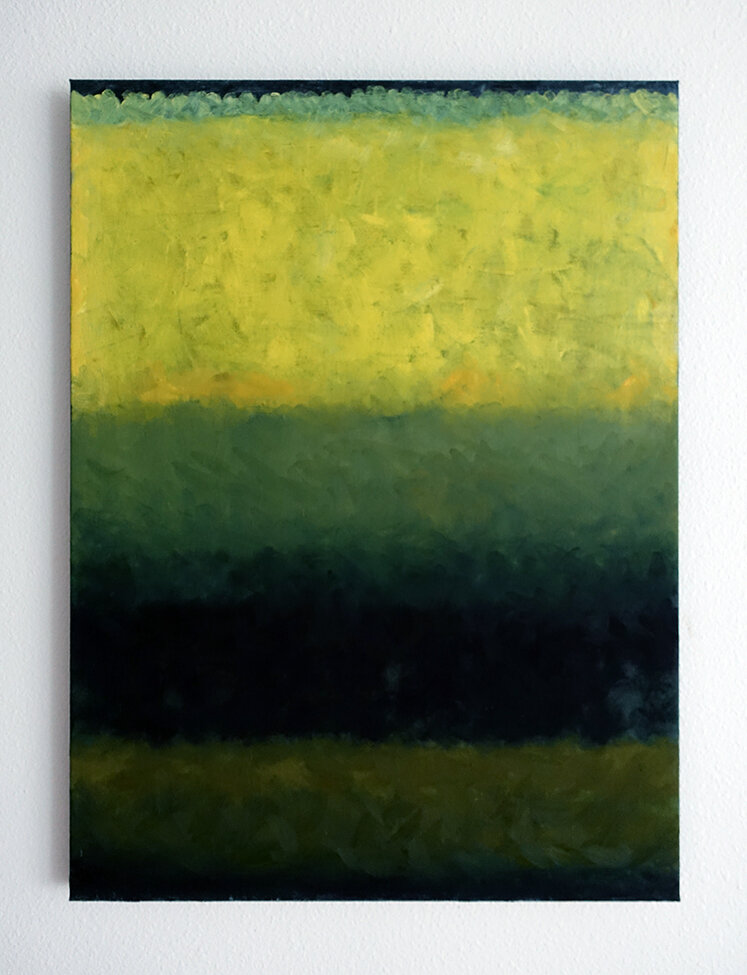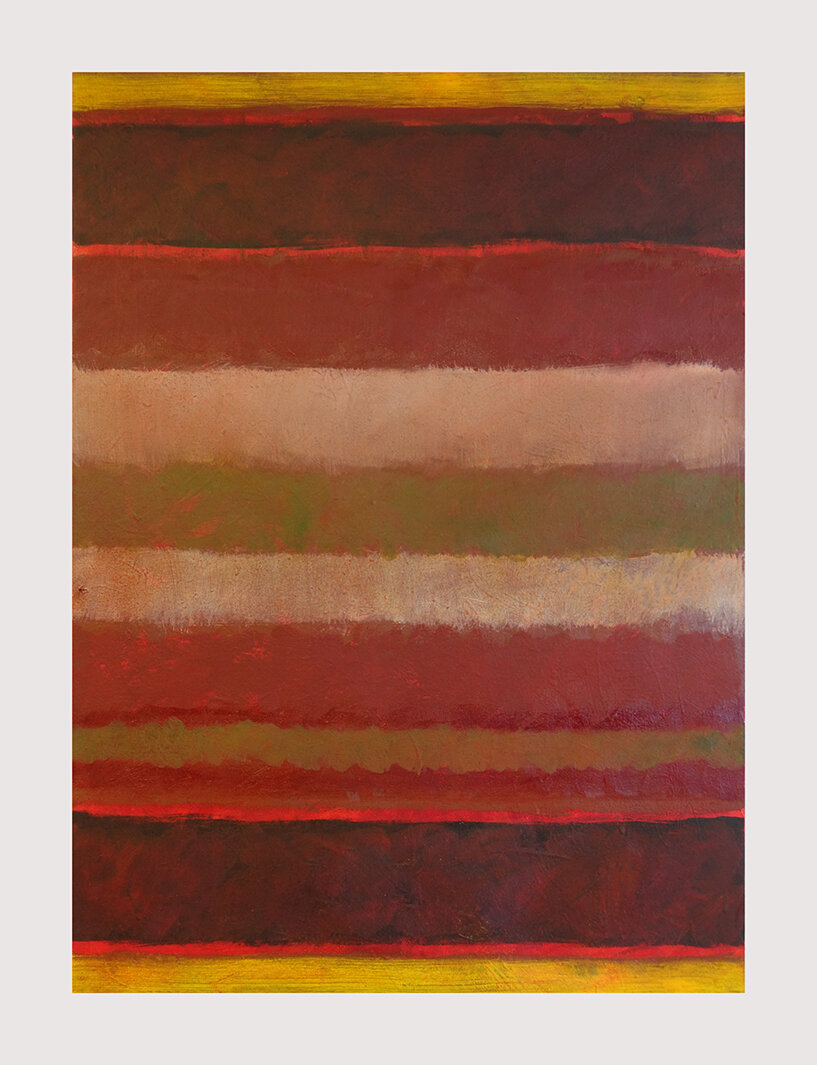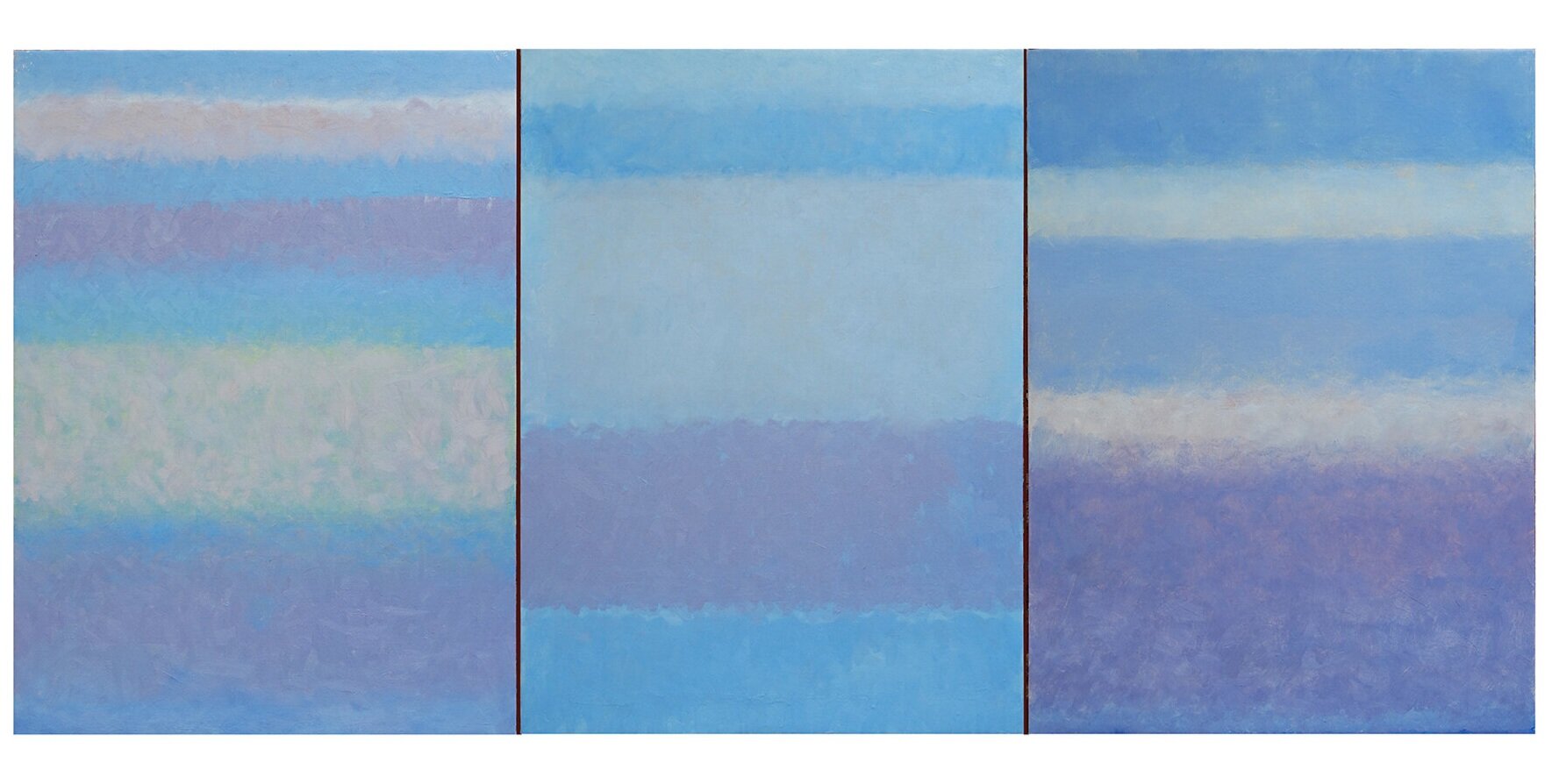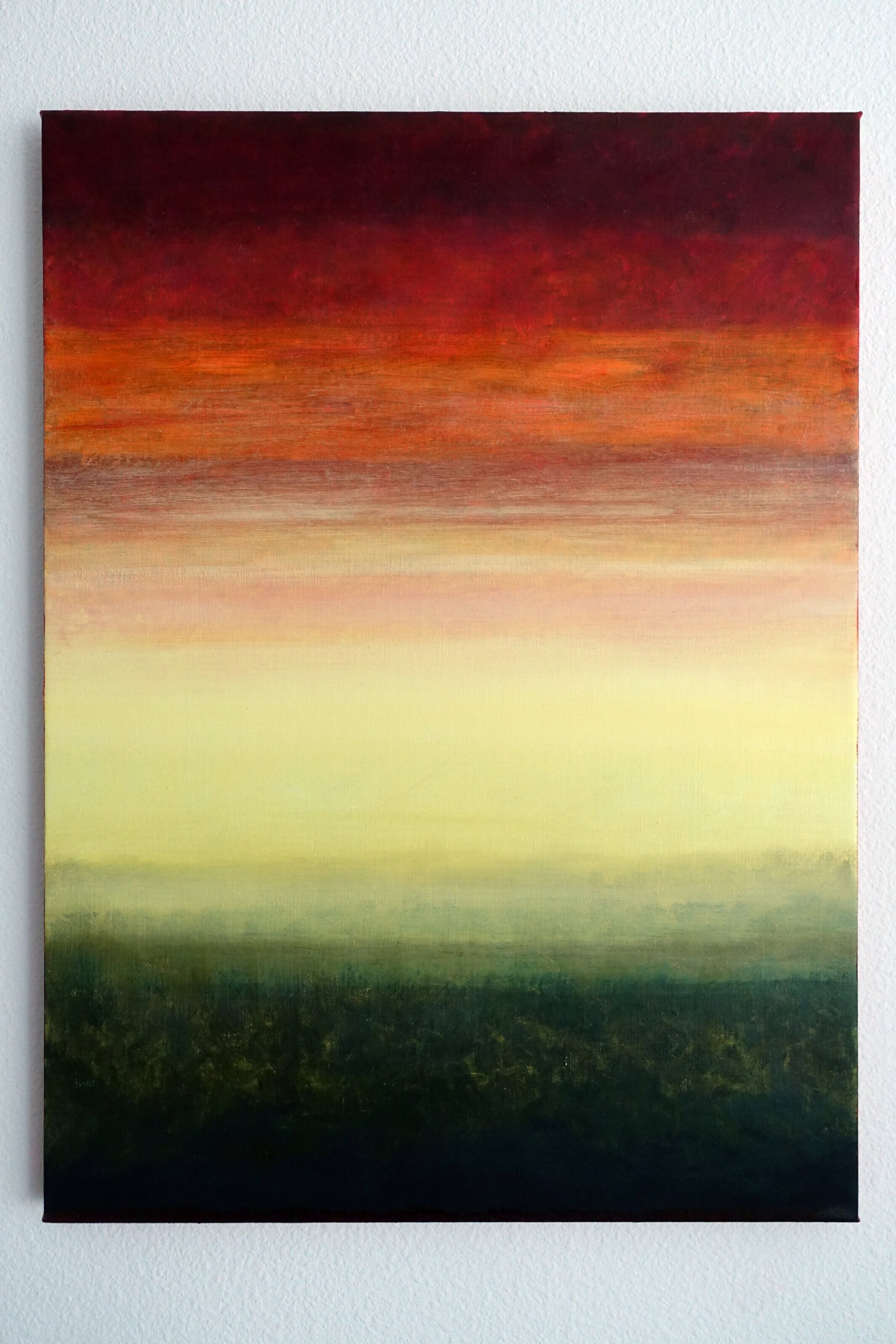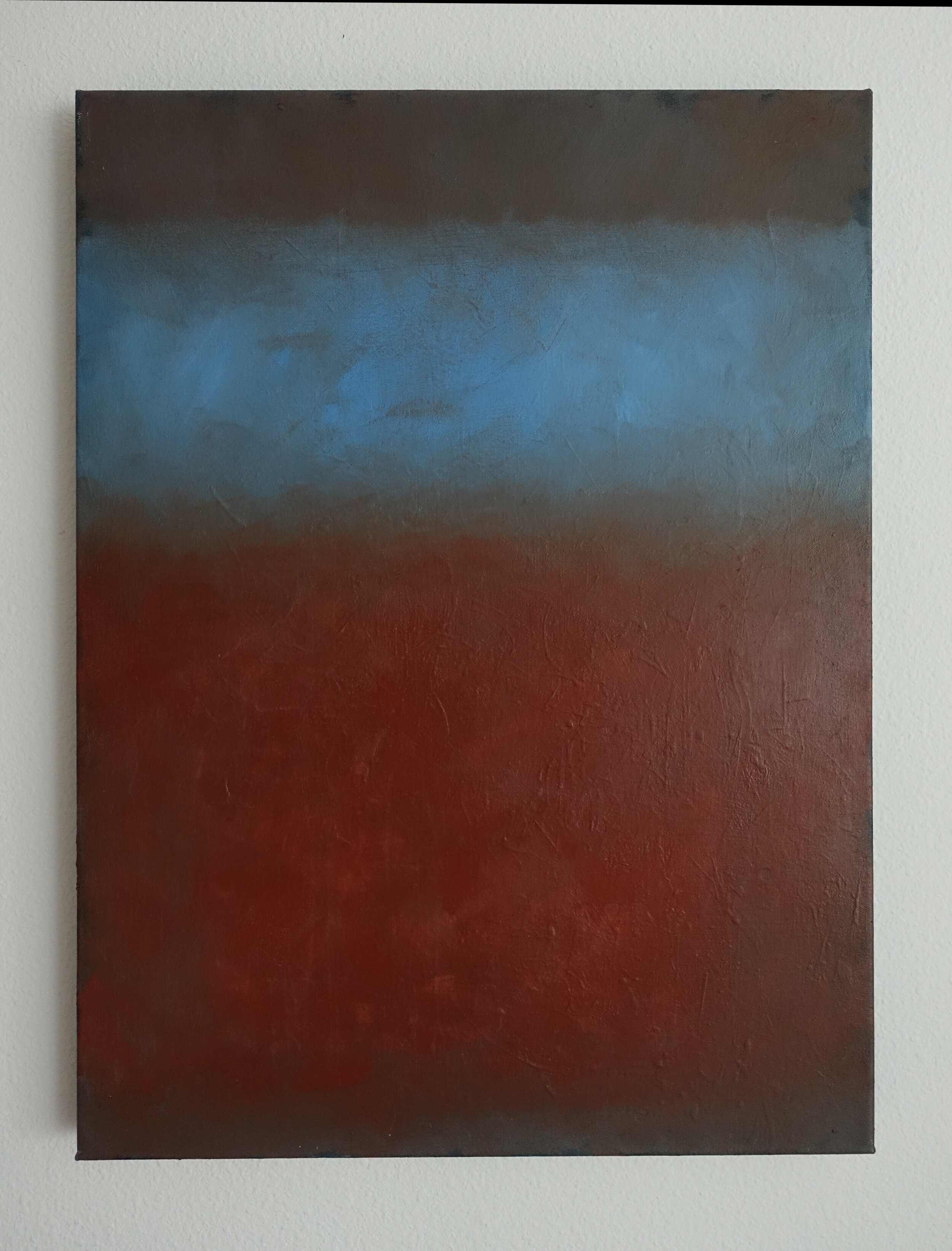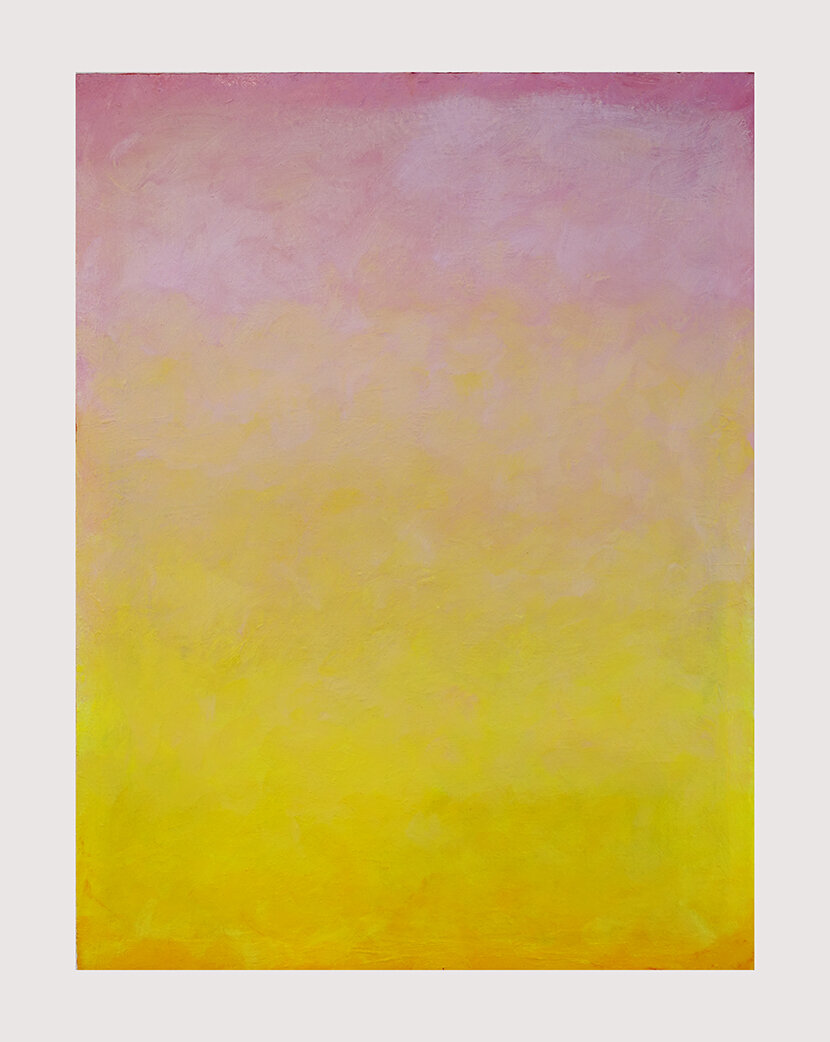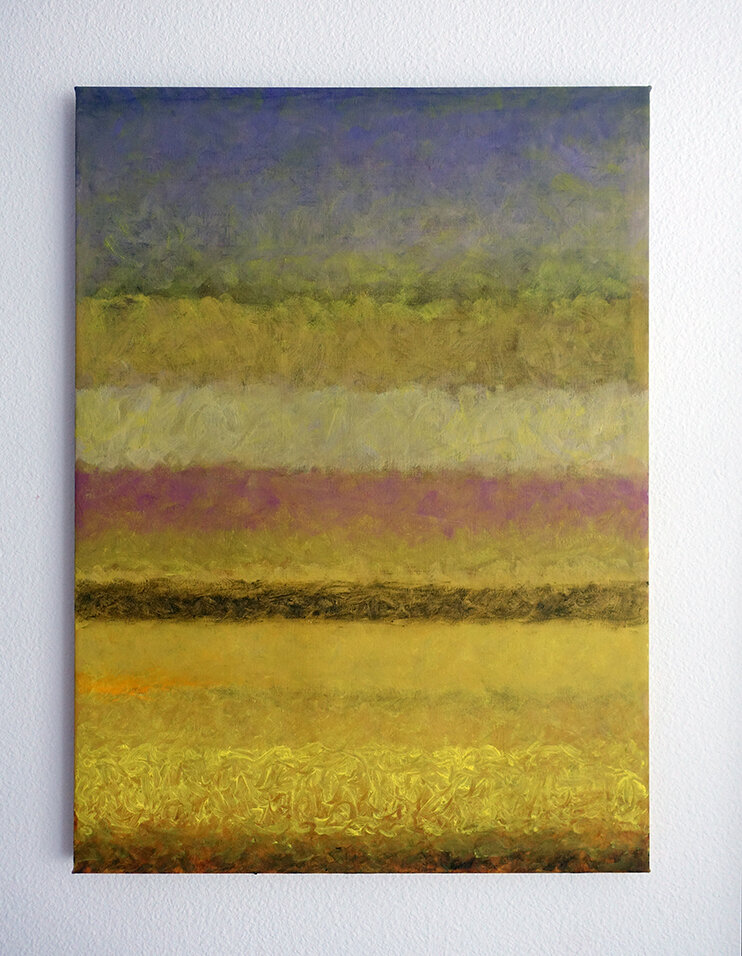Helene Cisoux:
”“I love painting the way the blind must love the sun: feeling it, breathing it in, hearing it pass through the trees, adoring it with regret and pain, knowing it through the skin, seeing it in the heart.....I position myself towards the sun. Toward the light. Toward painting.
The painter is the combatant of enigma.
The painter, the true painter, doesn’t know how to paint. He looks for the secret. He will put his life into it. The painter is always Percival. He sets off, he leaves the forest, but in order to come back, on his way around the world, to the forest. I sense the painter’s superhuman task: to capture the hundred cathedrals that are born in one day from the cathedral of Rouen. To see them being born. To see them succeeding one another.
A magnificent thing happened to Hokusai:
‘In loving the pretentious style of He-ma-mu-sho-Niudo, the painter Uamamizu Tengu, of Noshi-Koshiyama, appropriated for himself the incomprehensible art of his drawings. Now, I who have studied this style for almost a hundred years, without understanding any more of it than he, nevertheless had this strange thing happen to me: I notice that my characters, my animals, my insects, my fish, look as if they are escaping from the paper. Is this not truly extraordinary?’ “





